Our normal breakfast placed is closed on Mondays, so we had a voucher for a nearby place: Italian BreakPast. It’s primarily a pasta place, but they serve coffee and pastries in the morning. Our cappuccini and pastries were delicious!
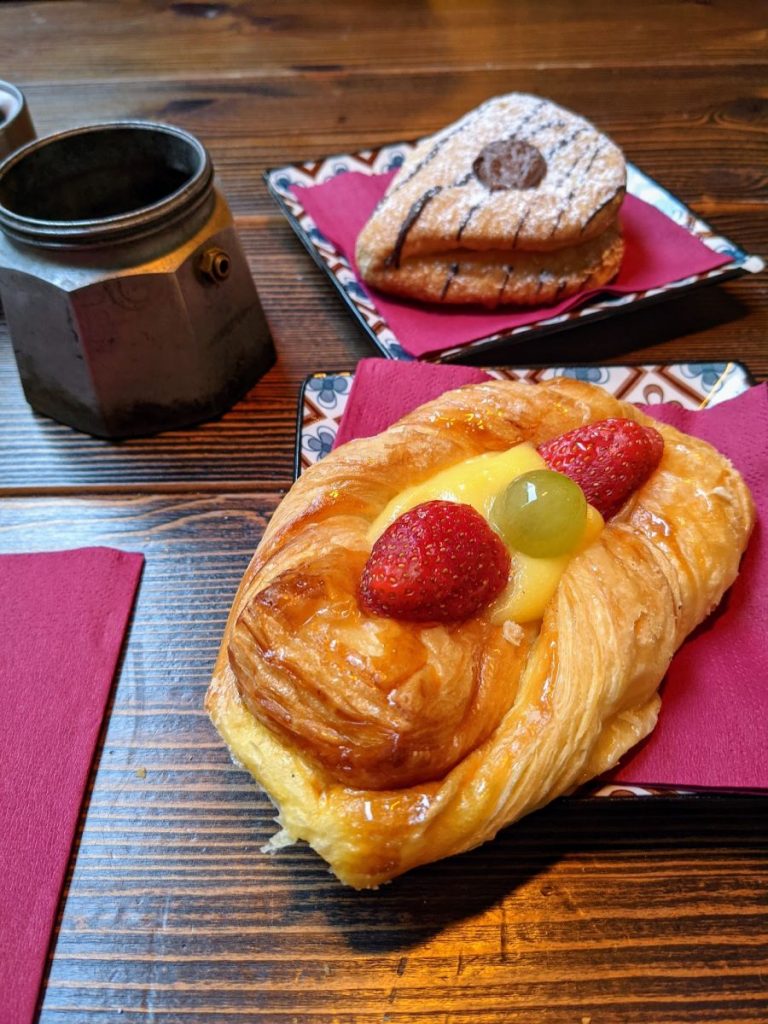
Archiginnasio of Bologna
After breakfast we headed to the Archiginnasio of Bologna, which was once the main building of the University of Bologna – the oldest continually operated university in the world. Today it houses the Archiginnasio Municipal Library and the Anatomical Theatre. The architecture and frescoes were stunning. The ceilings and walls of the palace are covered with nearly 6,000 heraldic coats of arms commemorating students, teachers, patrons, and church affiliations. In the heart of the palace is the university Chapel of Santa Maria dei Bulgari.
Anatomical theatre of the Archiginnasio
Upstairs, the palace still contains the anatomical theatre, which was built in 1636 by Antonio Levanti. The walls are decorated with busts of famous doctors, with the most famous getting full statues. There are statues of Hippocrates and Galen, the most prominent physicians of Greece and Rome, respectively, as well as one of Bologna native Gaspare Tagliacozzi, holding a nose in his hand. Tagliacozzi was the first to attempt reconstructive plastic surgery. The ornate seat of the professor is flanked by the statues of two naked and skinless men, known as “gli spellati” (the skinned ones), made by Ercole Lelli. In the center of the theatre stands the white table on which the dissection of human or animal bodies took place, with tiered seating all around for students to observe.
Biblioteca comunale dell’Archiginnasio (Archiginnasio Municipal Library)
Archiginnasio Municipal Library is a public library located inside the Palace of the Archiginnasio. A section of the building was set aside in 1838 to preserve the books collected from the closure of the religious orders made by Napoleon. Over the years, many prominent scholars in Bologna donated books to the collection, and the library aggressively sought out collections to purchase.
The Archiginnasio Municipal Library is the largest library in Emilia-Romagna, containing around 850,000 volumes and pamphlets, 2,500 incunabula, 15,000 16th century editions, 8,500 manuscripts and then letters, collections of autographs, prints and drawings, and 250 archives. The library has also a section of 7,500 magazines.
Canale di Reno
At the end of 1100, the citizens of Bologna built two plumbing systems to provide water to the city. The canals also powered mills (primarily silk) and other manufactures. A complicated system of locks, canals and pipes produced energy and brought water to the city’s fountains. Today, most of the waterways are covered by buildings, but there are a few that can be seen if you know where to look! The streets Via del Porto (Port Street) and Via delle Moline (Mill Street) are testaments to the city’s once numerous waterways.
Lunch at La Capriata
We had lunch at La Capriata, known for its gluten-free (and regular) pasta. (Teresa had GF pasta, while I had regular pasta.) All their pasta is made fresh daily, and when we arrived, we saw the sfoglina (pasta maker) rolling out pasta dough with her matterello (pasta rolling pin). The gluten-free desserts were some of the best desserts (GF or not) we had on the entire trip! We highly recommend La Capriata, especially if you have GF diners in your group.
Santuario della Madonna di San Luca (Sanctuary of the Madonna of San Luca)
As dusk approached we took a taxi to the Santuario della Madonna di San Luca, a church that sits high atop a hill (Colle della Guardia) with a 360-degree view of Bologna.
Although a modern road leads to the sanctuary, it is more traditionally accessed via a 3.8 km (2.3 mile)-long monumental portico consisting of 666 arches. This covered arcade, part of the Porticoes of Bologna UNESCO World Heritage Site, was originally designed to shelter the annual procession of the sacred icon of the Virgin Mary from the cathedral in central Bologna to the sanctuary. Many of the arches were originally sponsored by prominent families, and some included icons or small chapels.
Rather than walk UP the hill, we were smart and took a taxi to the top, then walked back down after touring the church and taking in the stunning views. Altogether it was a 3.2 mile walk back to the old town near our room. Much of the covered walkway was lit, but there were several sections where the lights weren’t working and we had to rely on our cellphone flashlights.
Here are a few photos of the walk down, including the end of the 666 porticoes:
After a light dinner, we headed to bed as we had to be up at 4:00am to head to the airport!
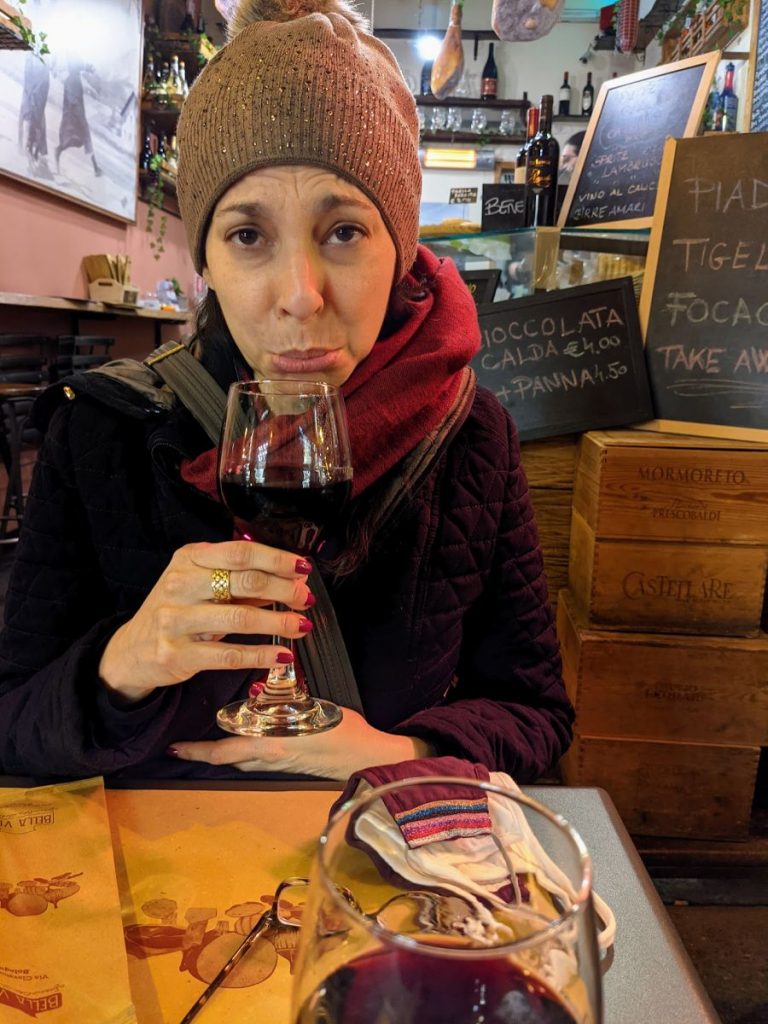
Miscellaneous Photos From Our Last Day in Bologna
Postscript – Bolognese Lasagna at Home
We were missing the lasagna from our trip, so I made it at home after we returned. Turned out great!


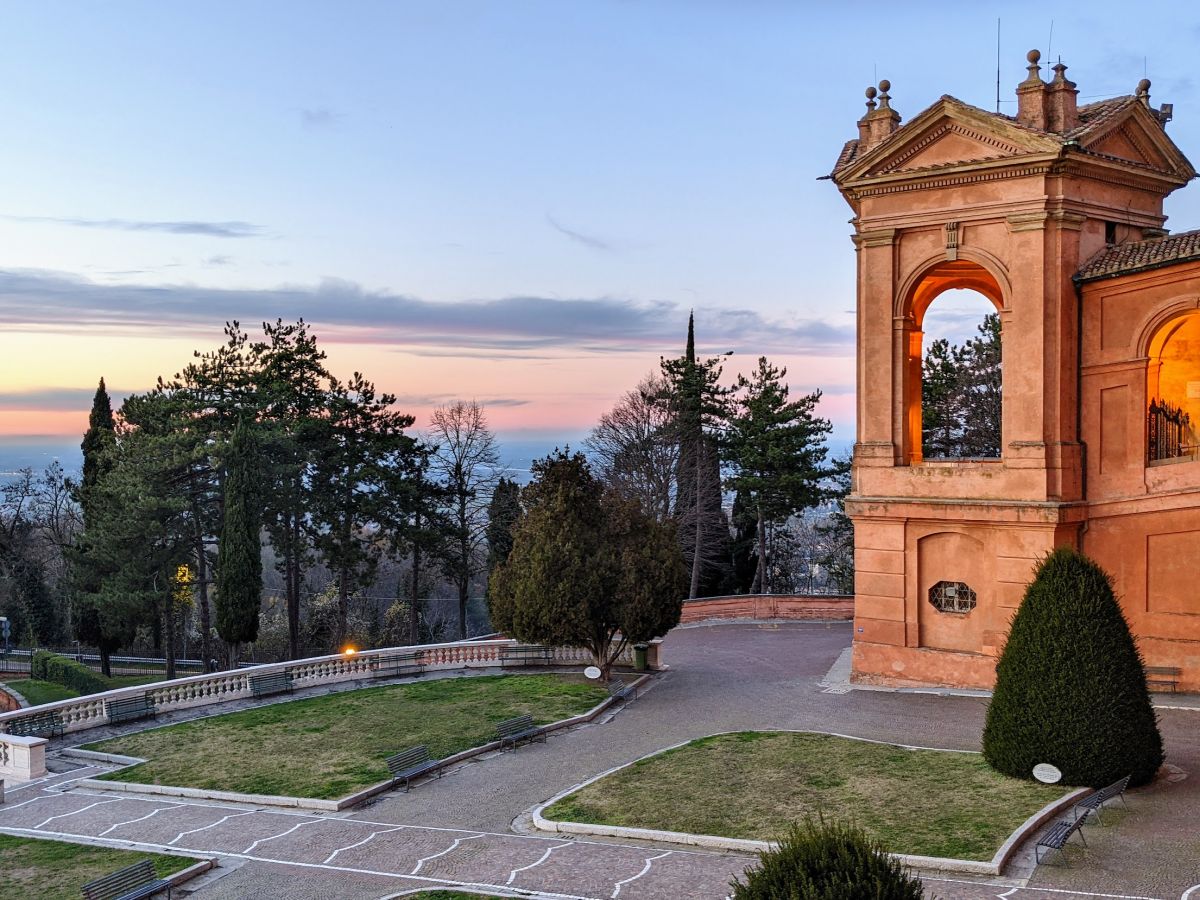
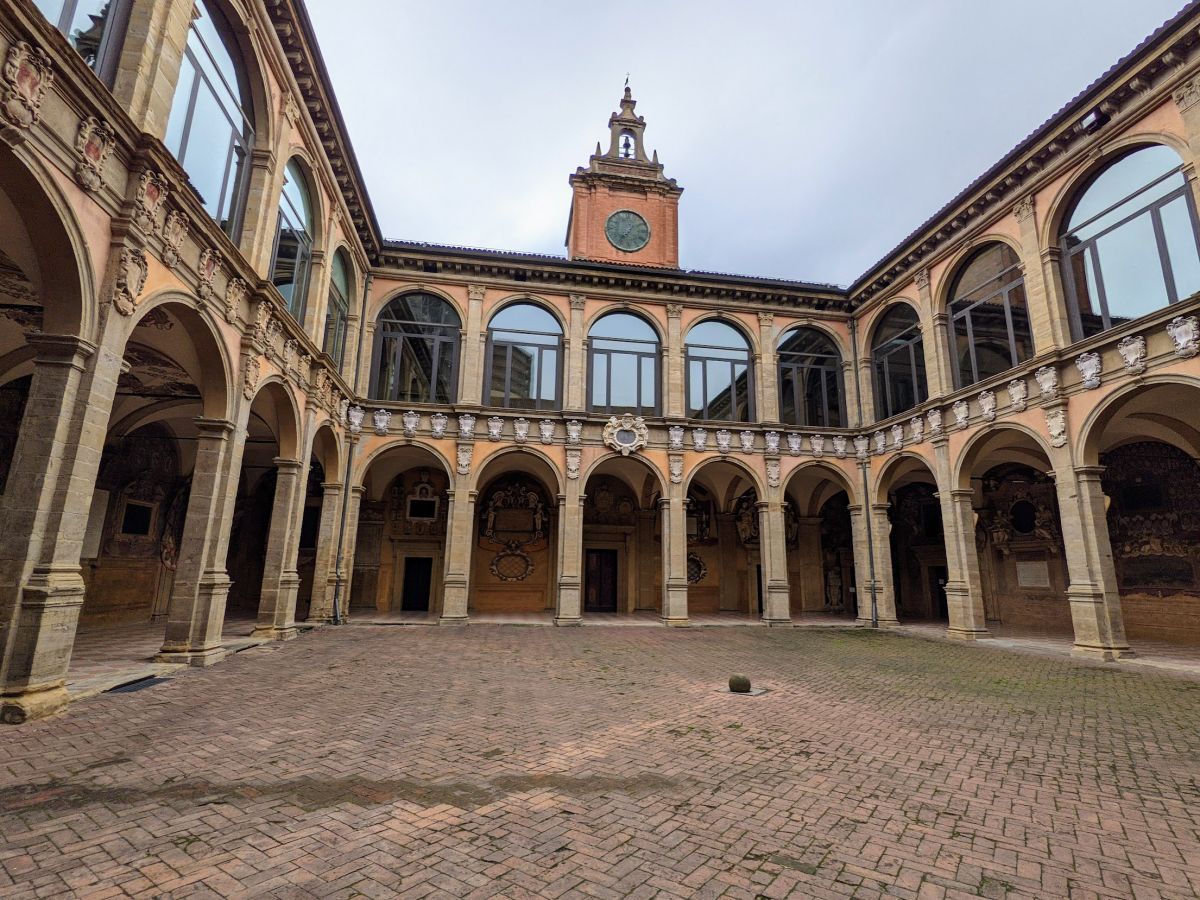
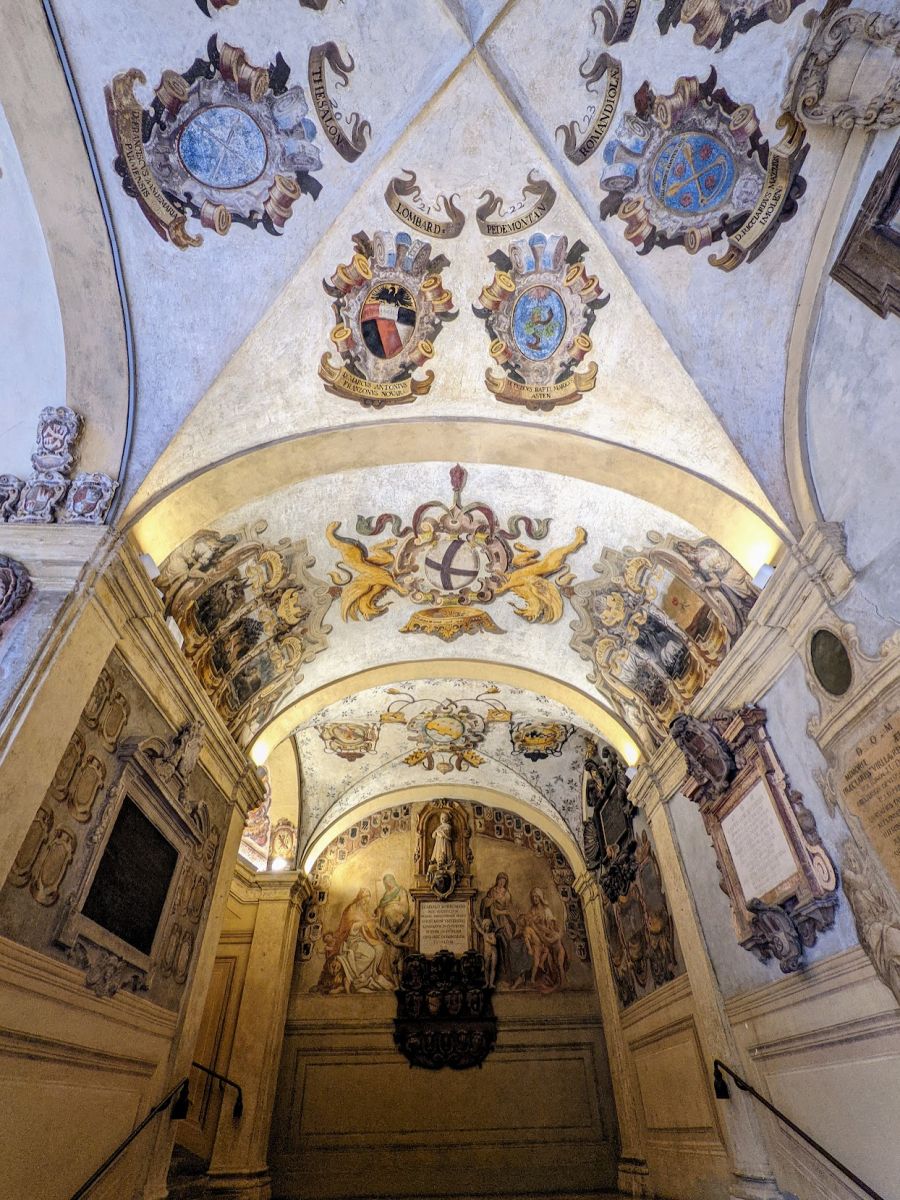
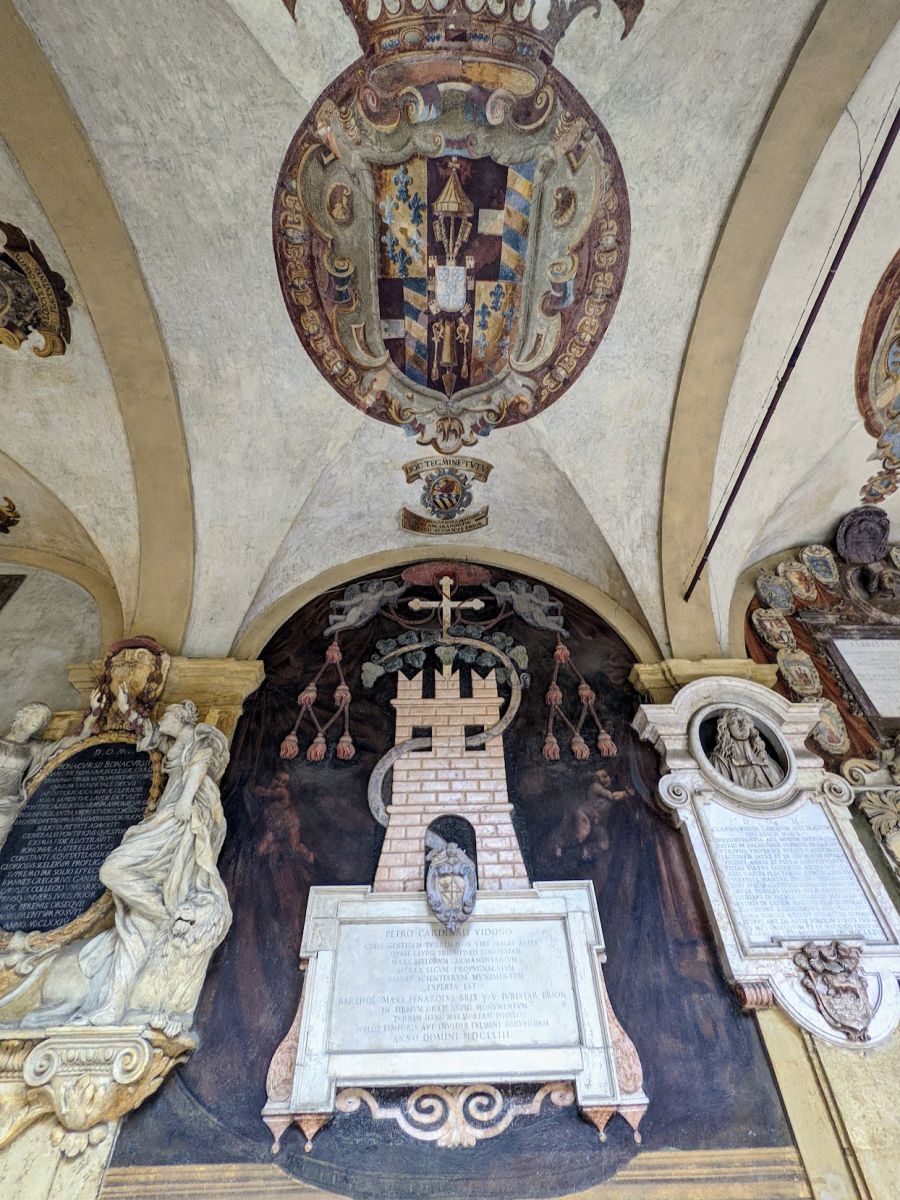
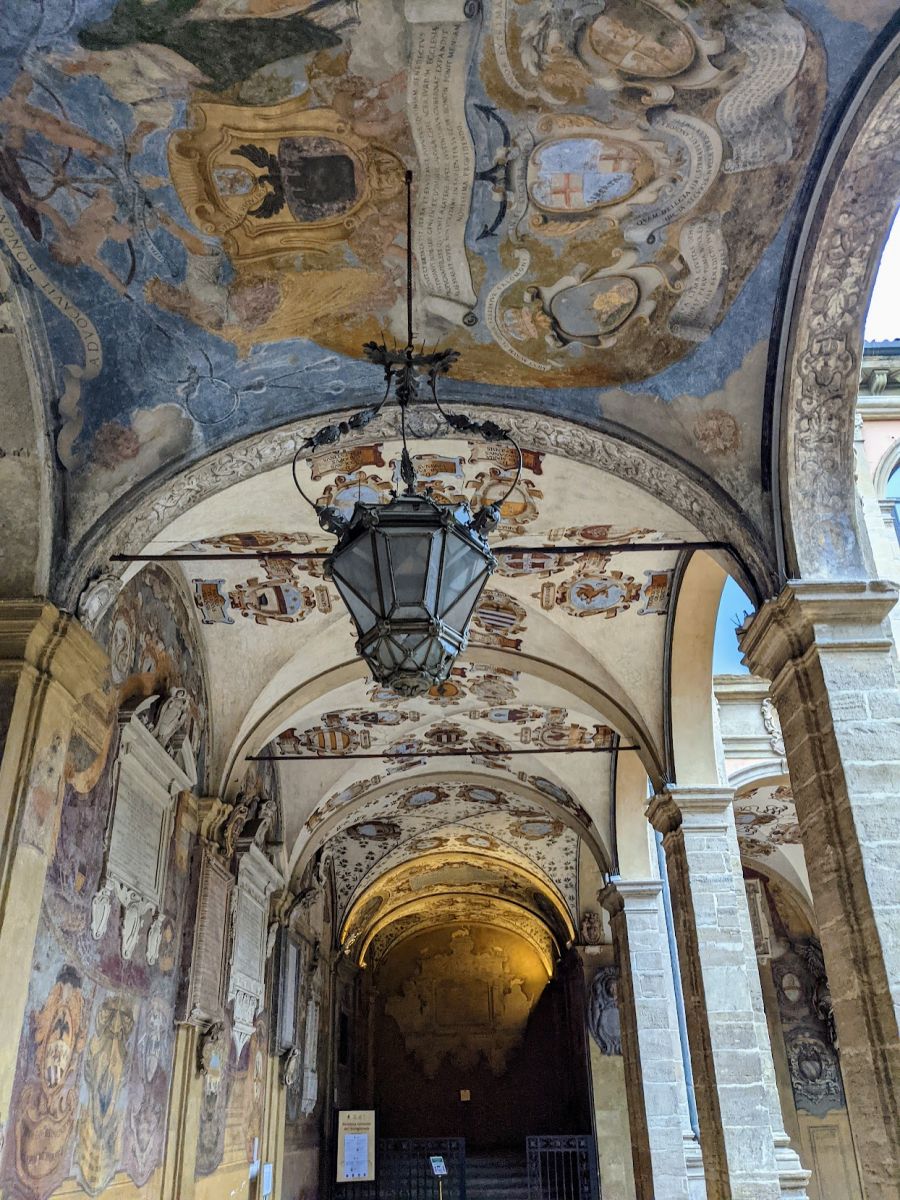
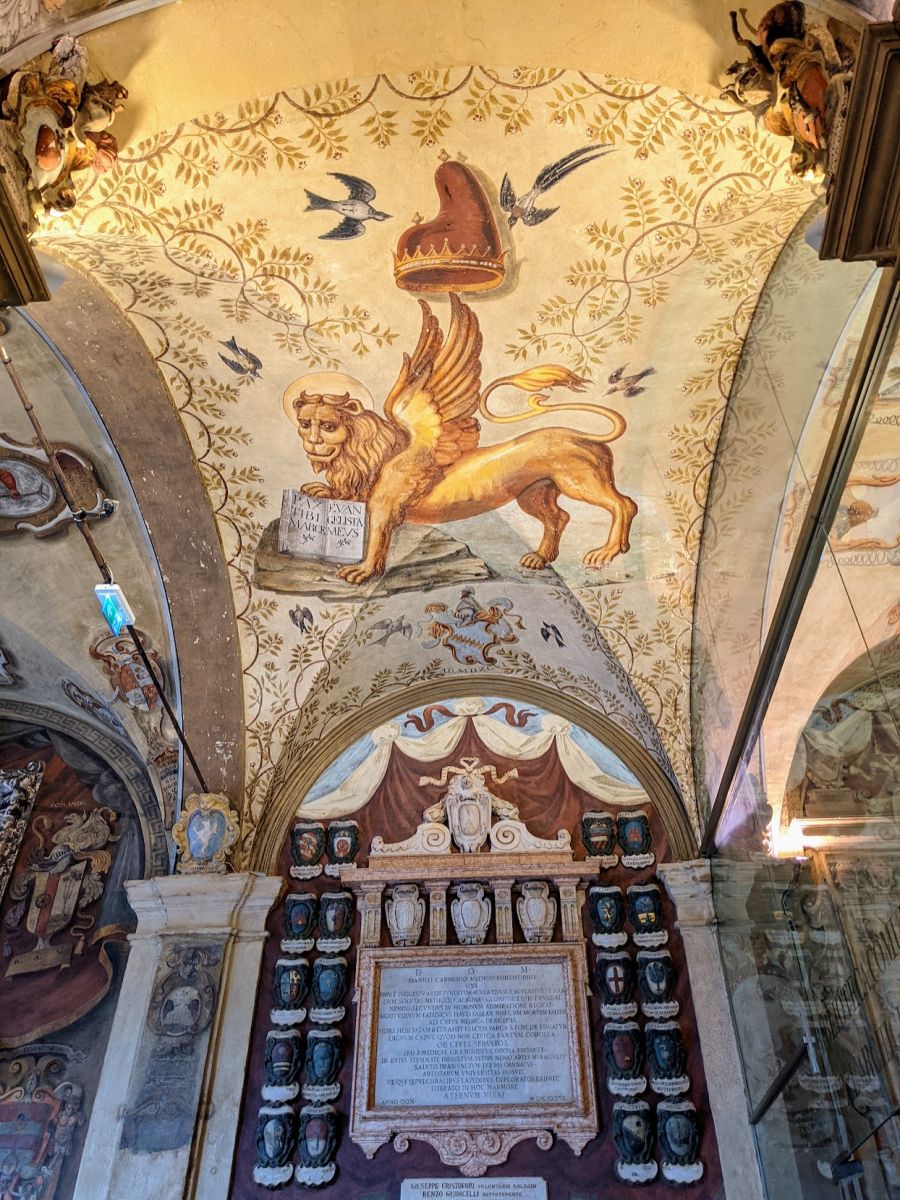
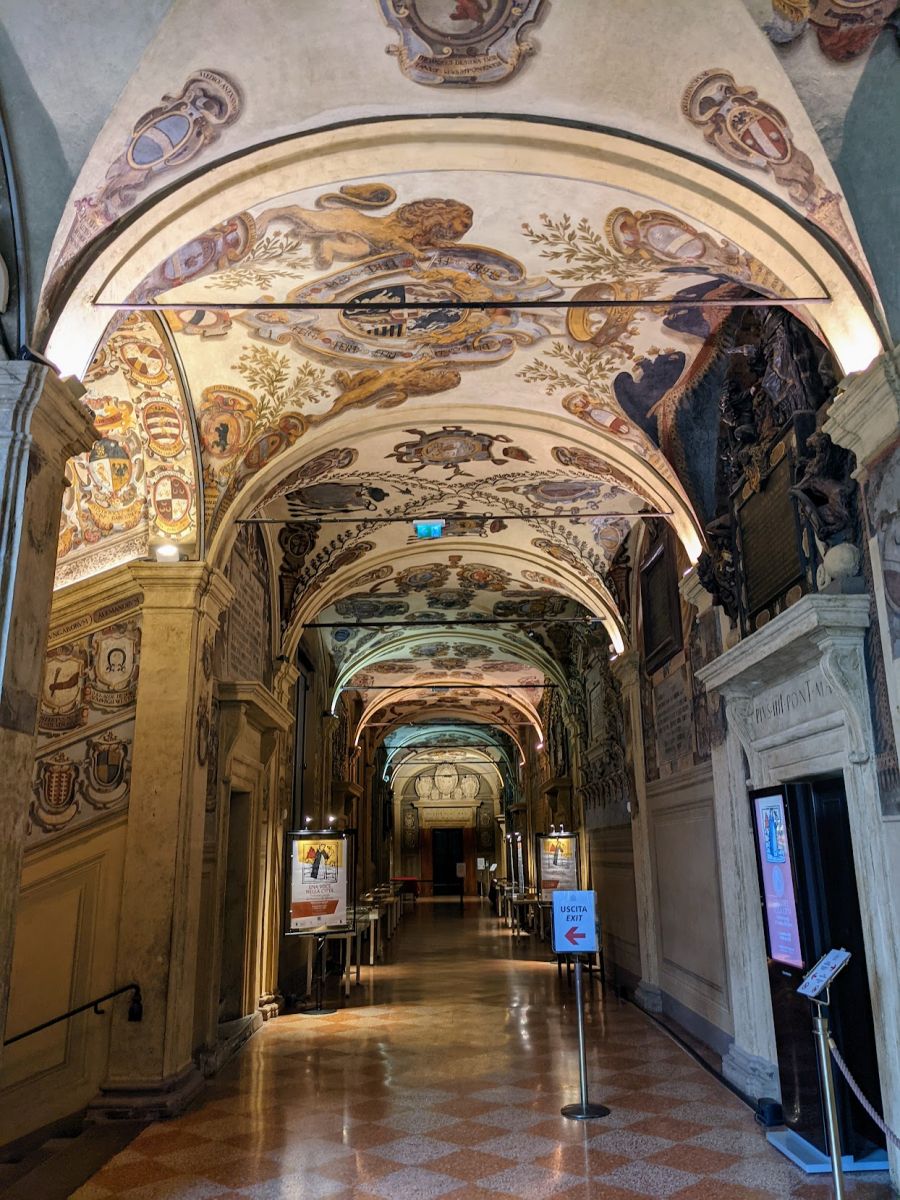
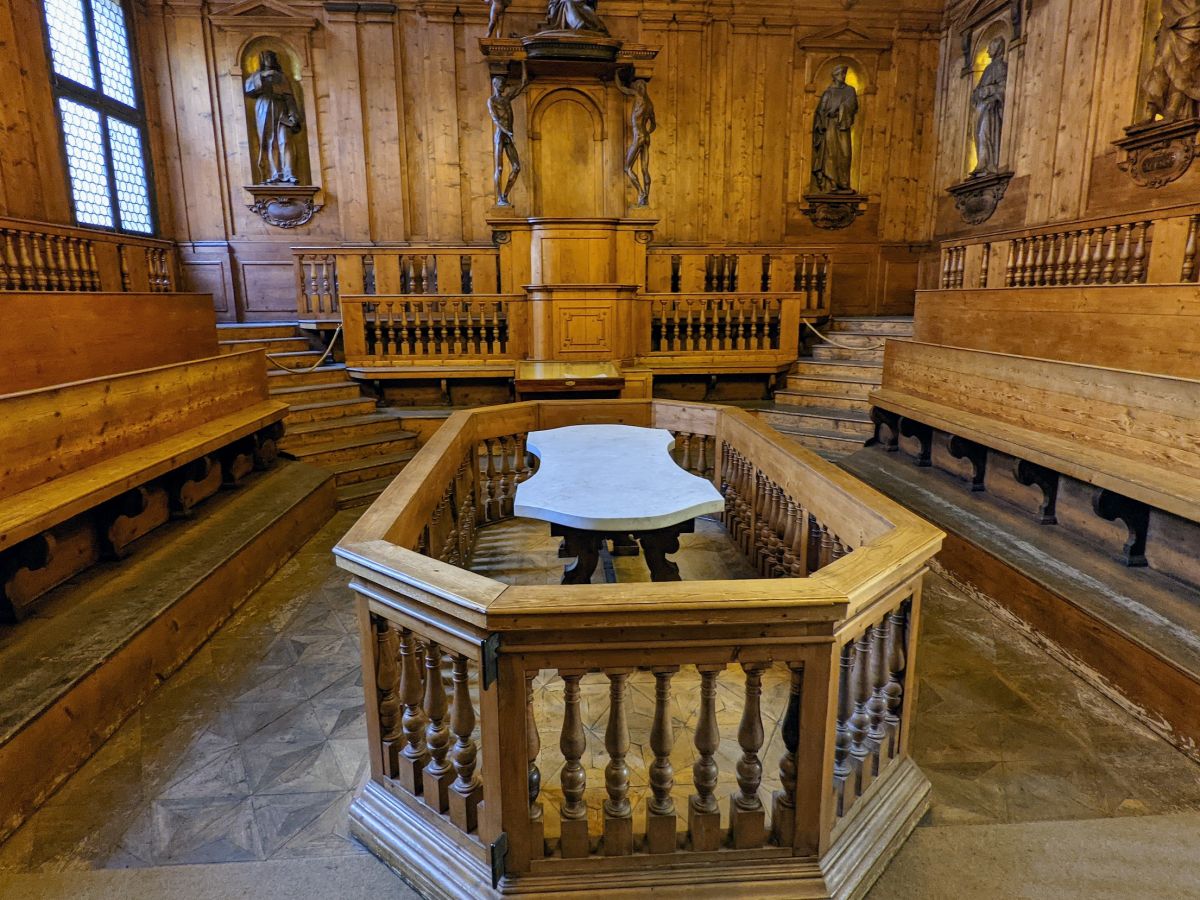
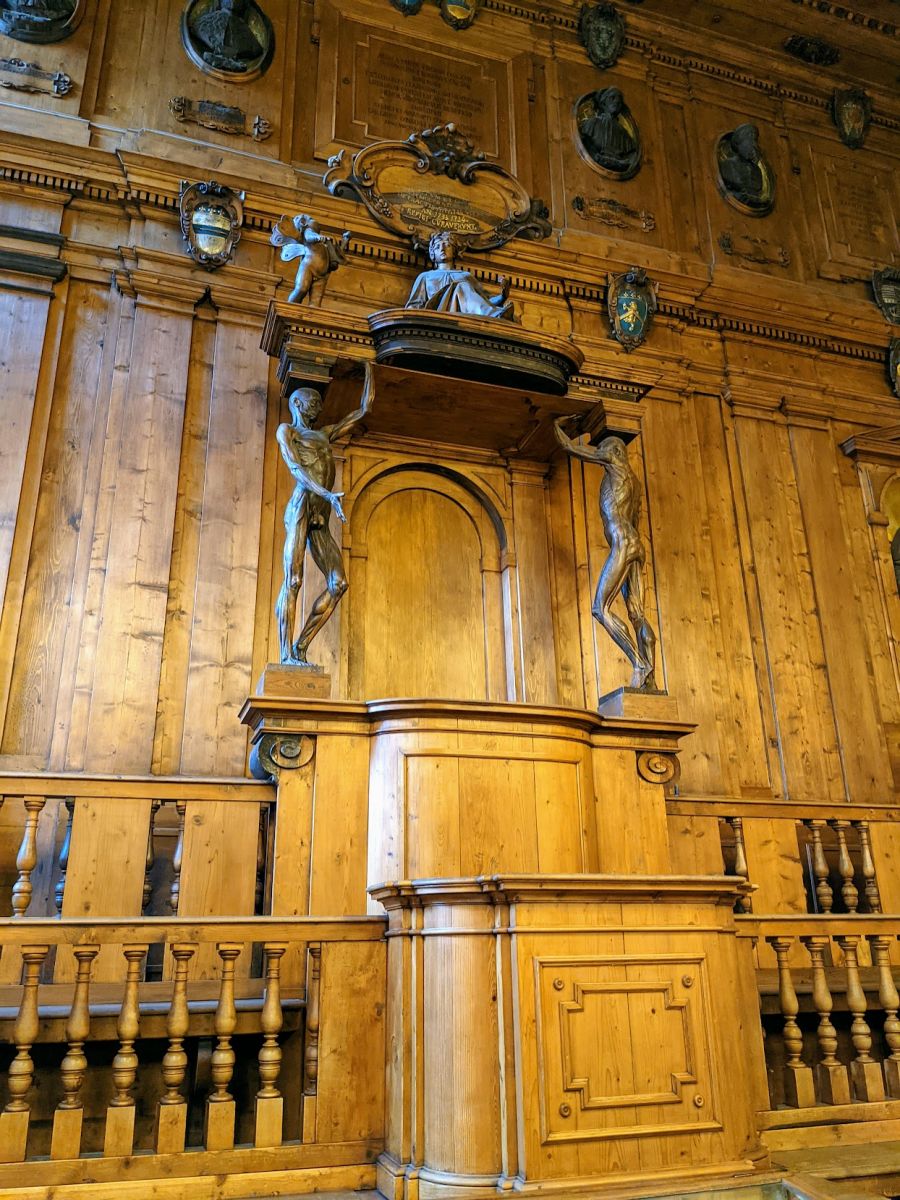
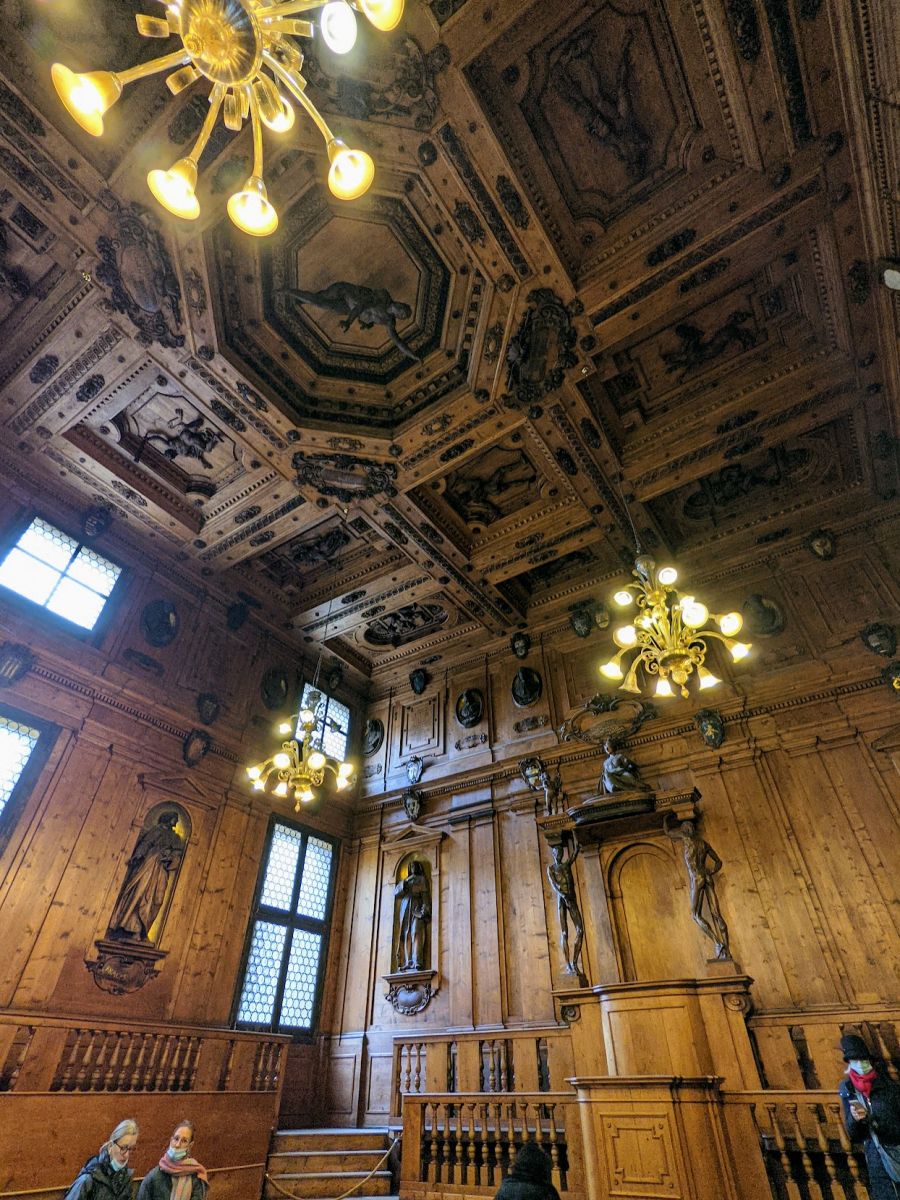
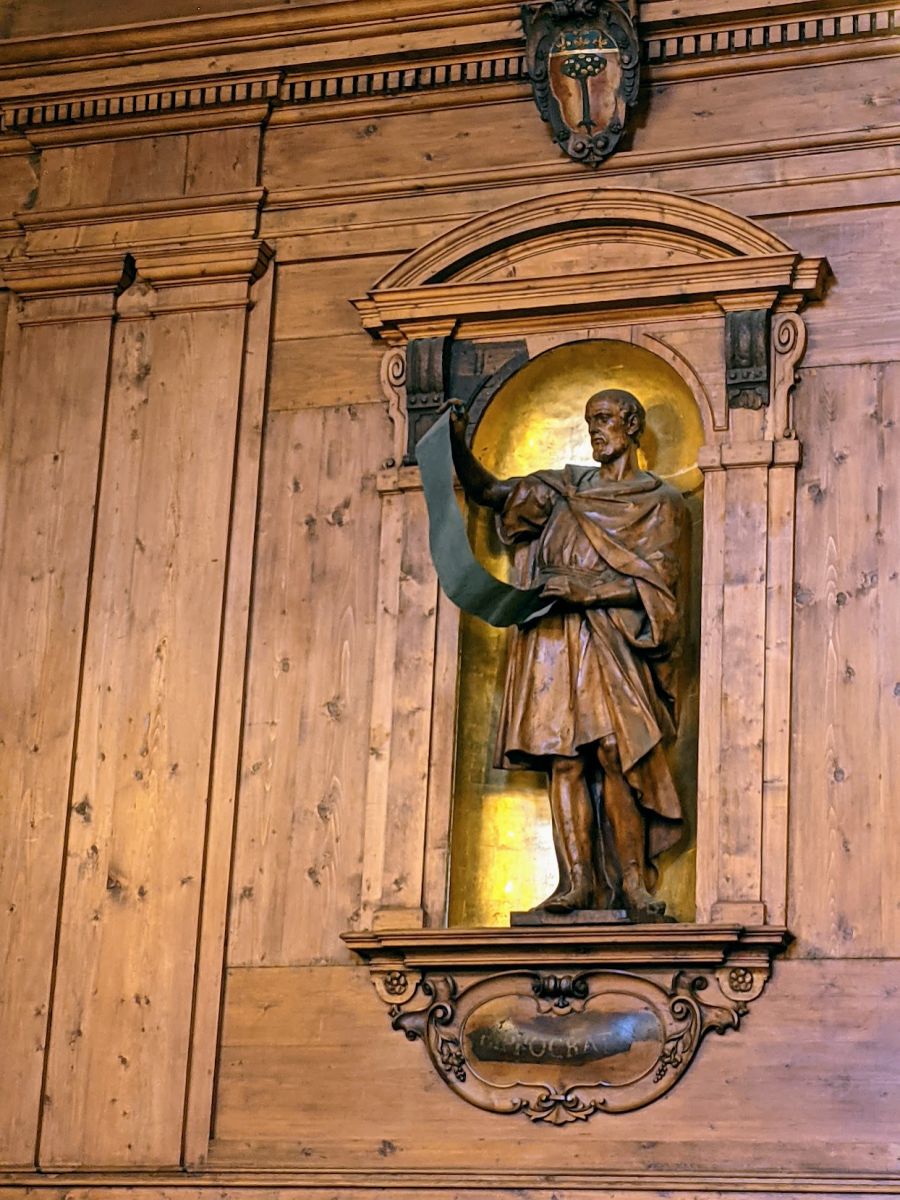
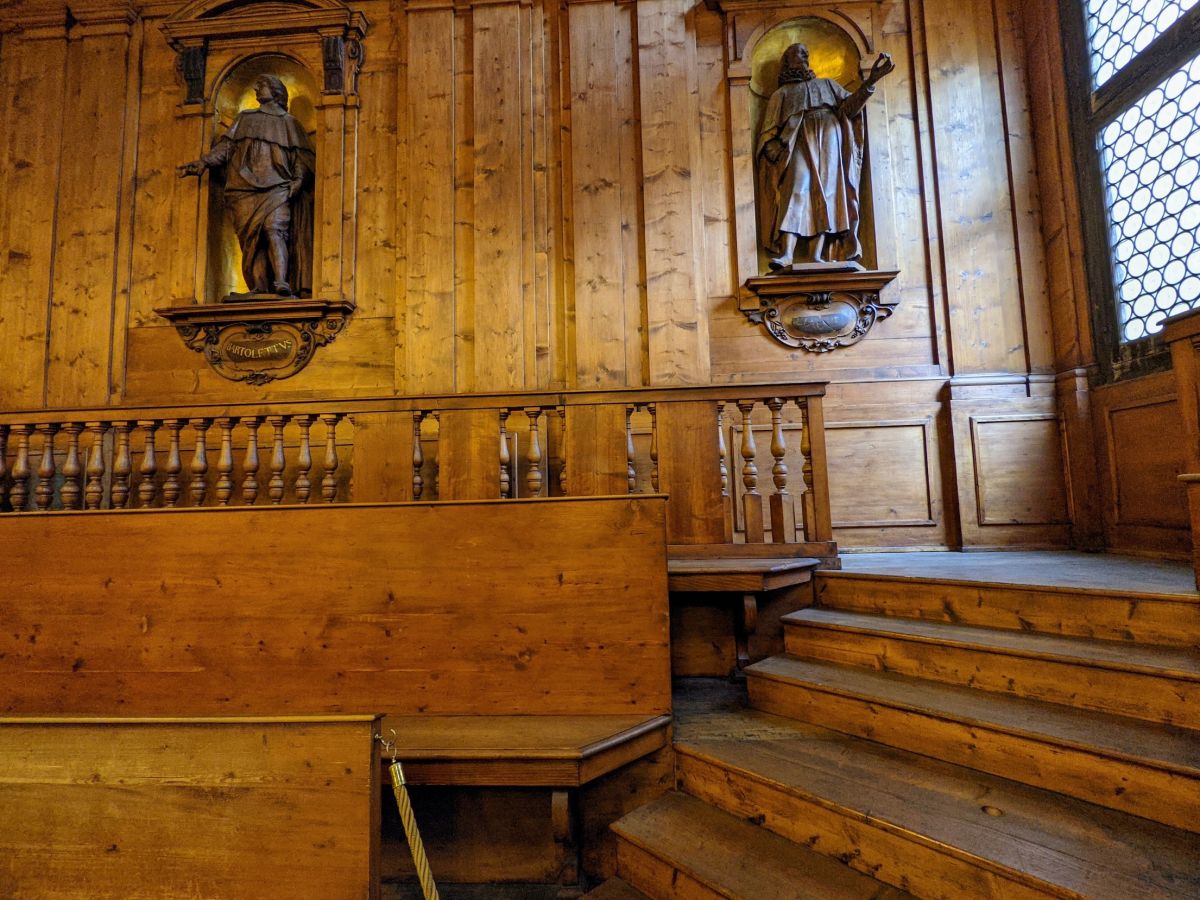
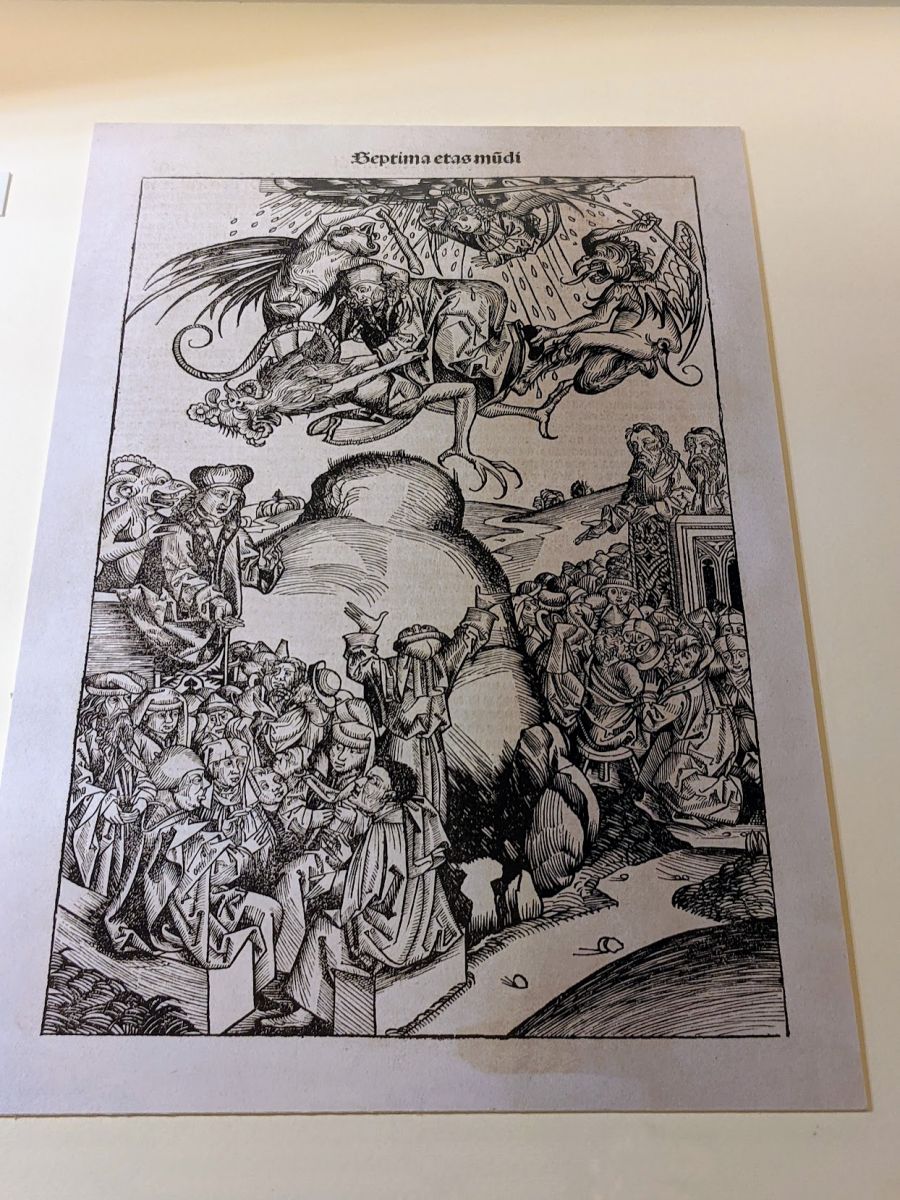
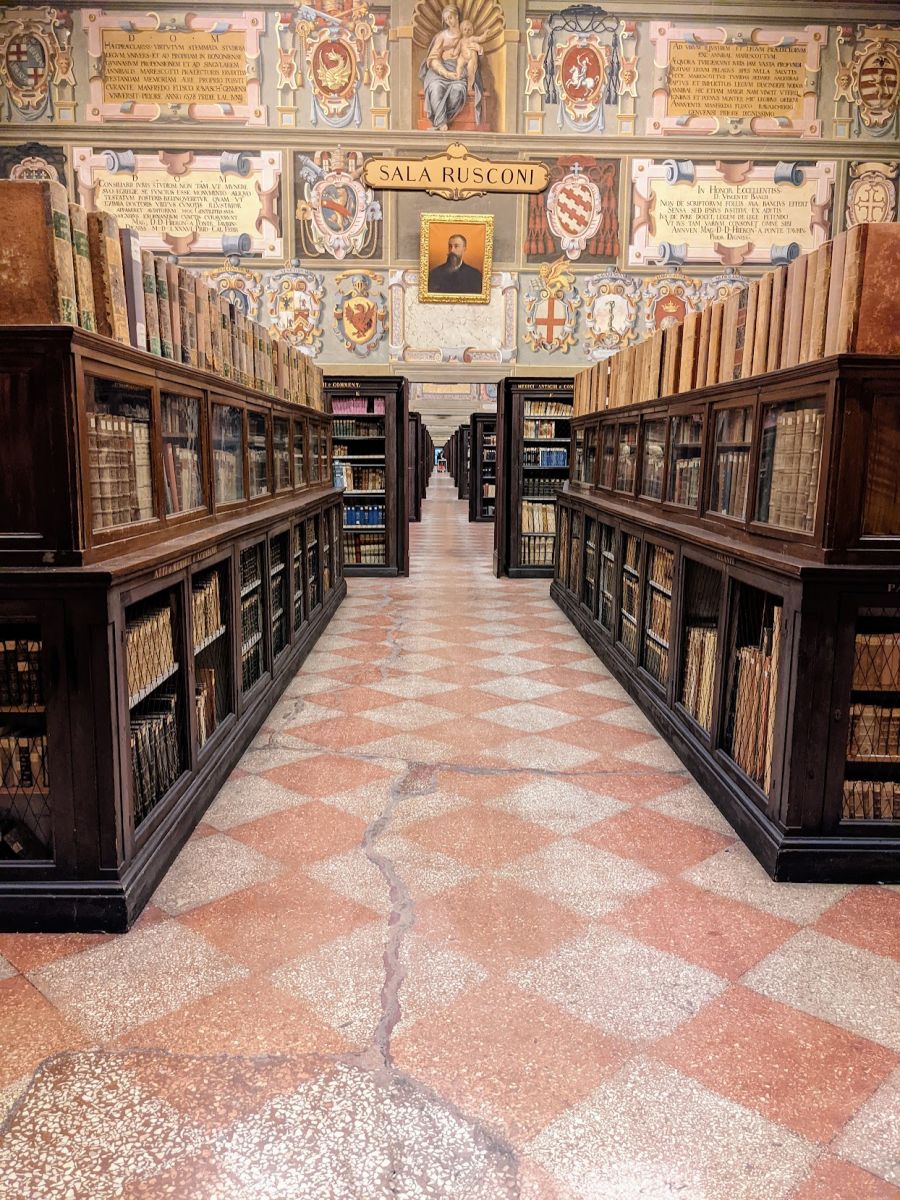
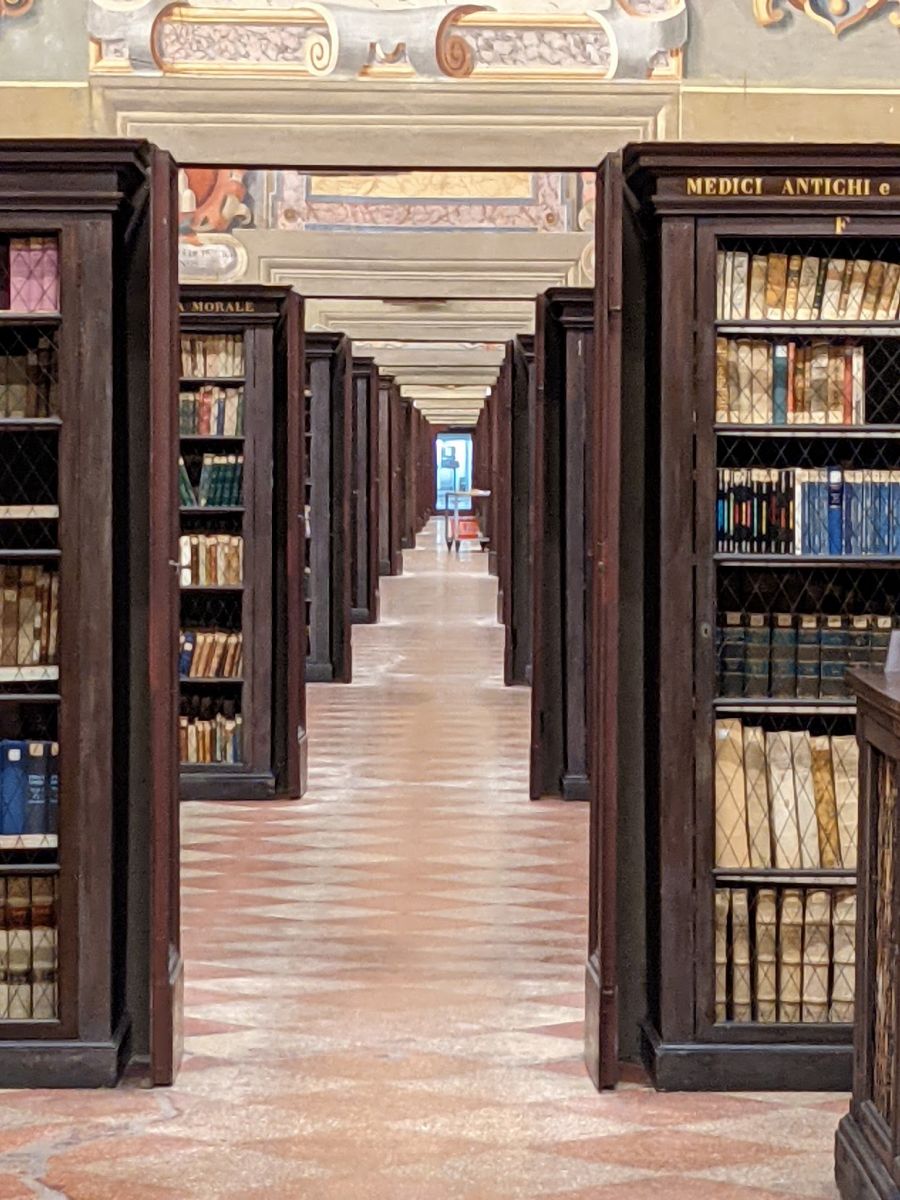
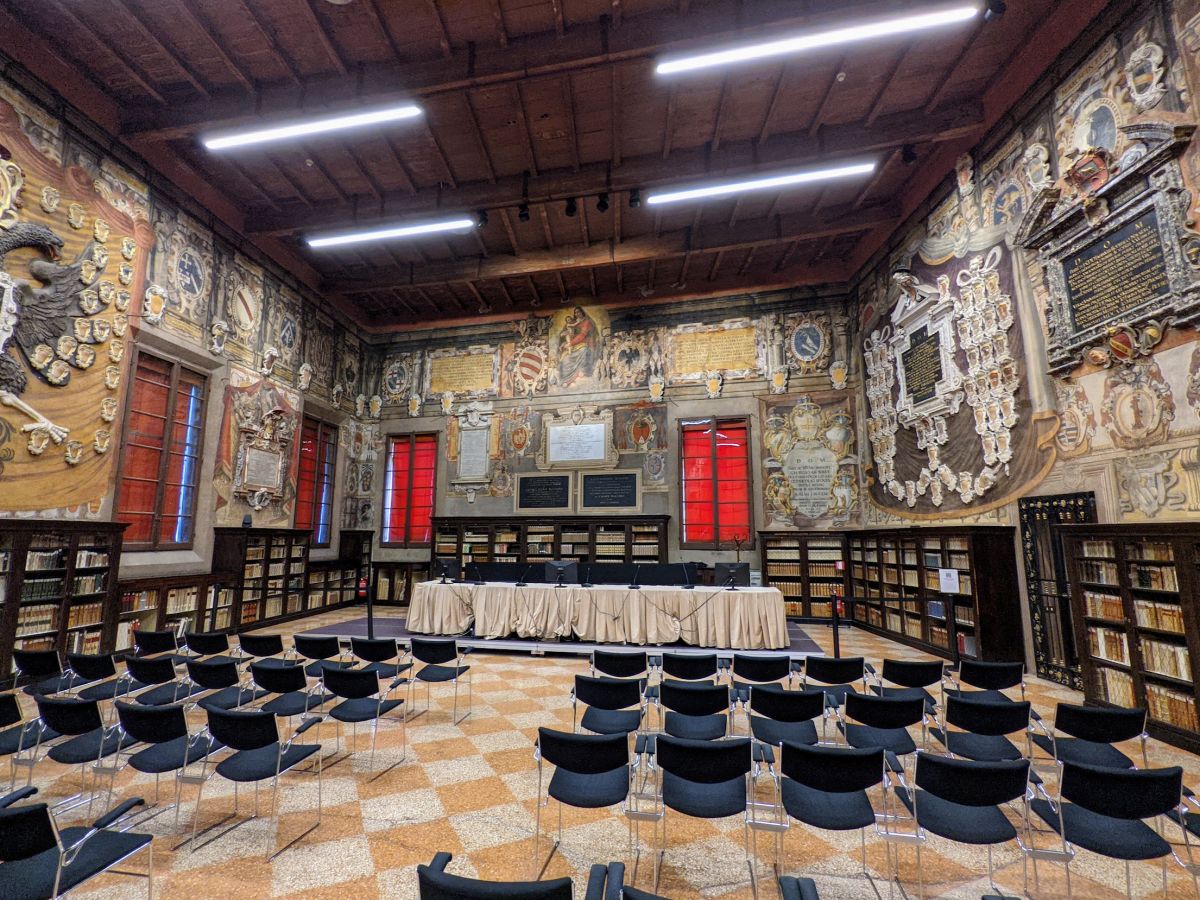
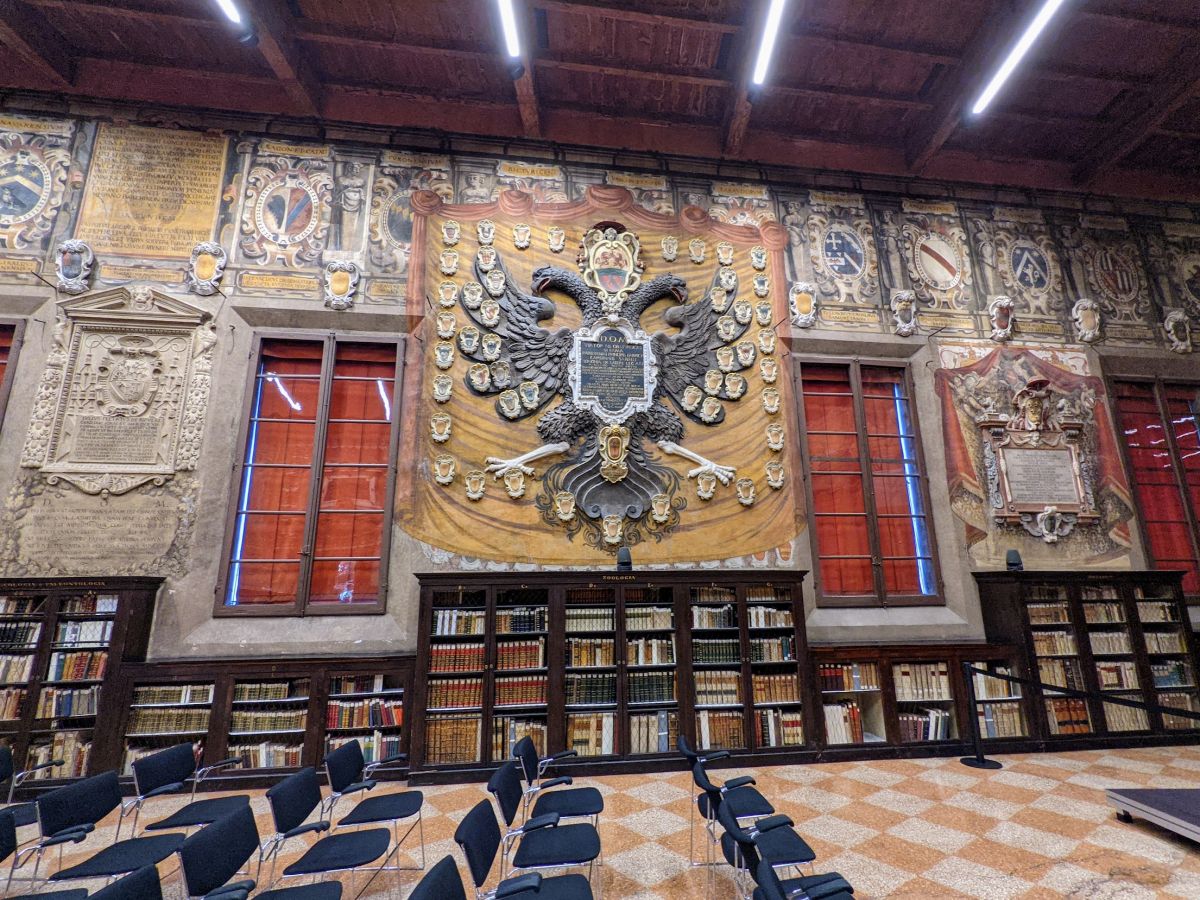
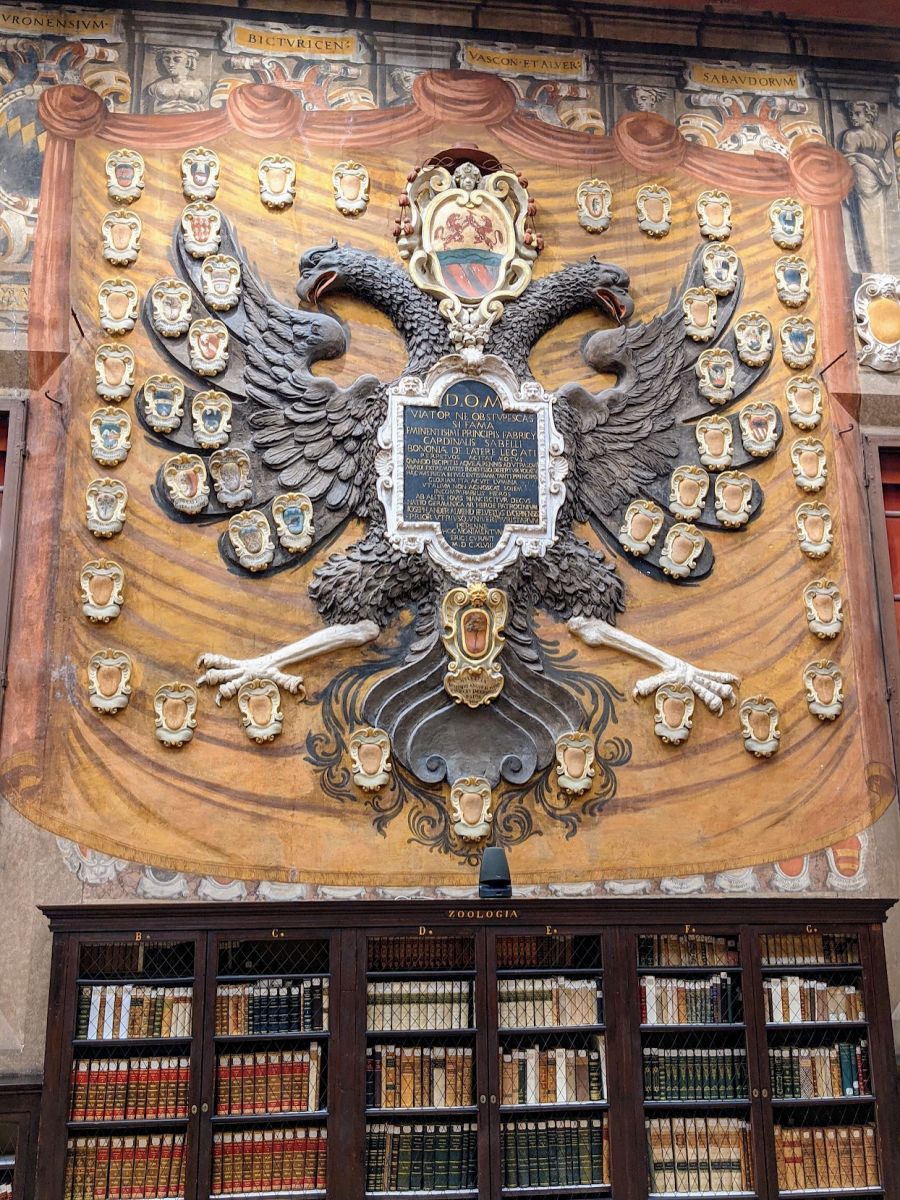
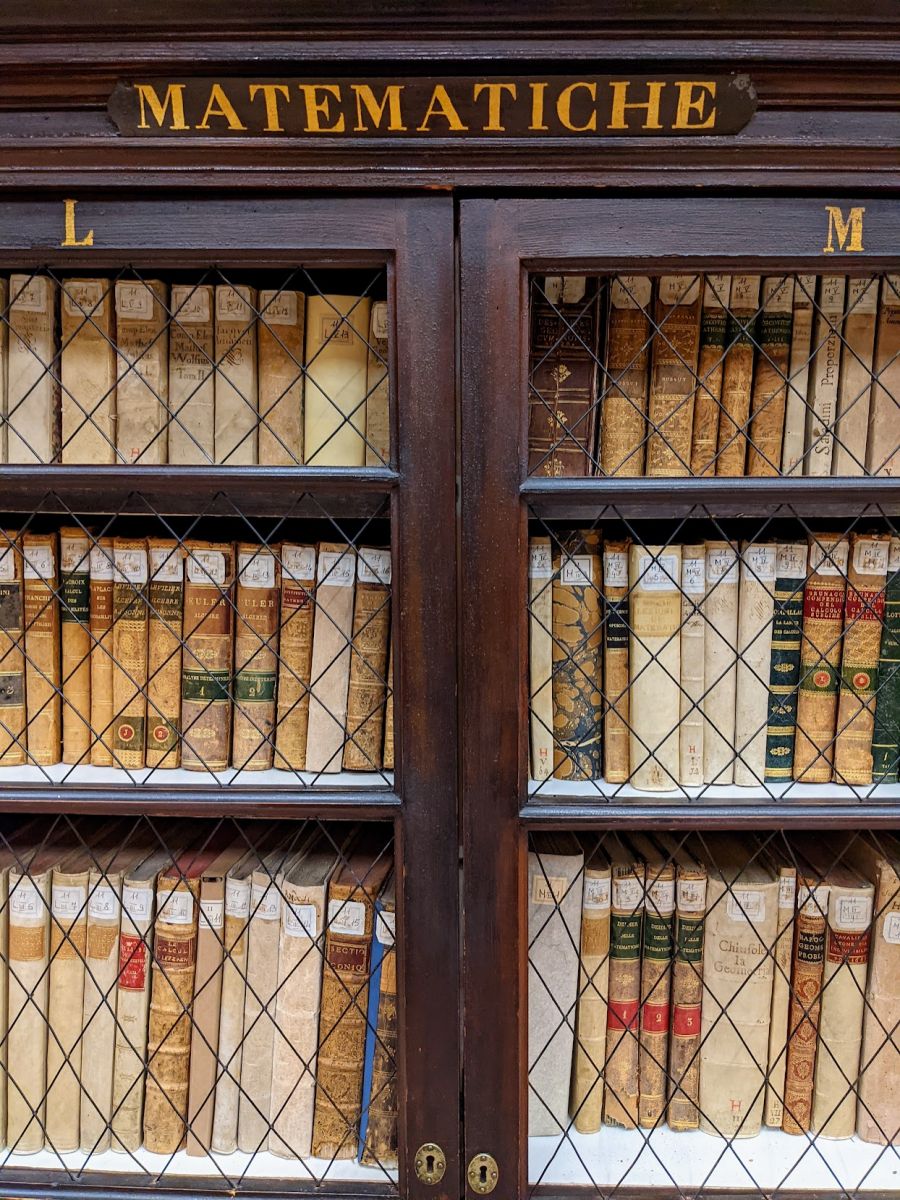
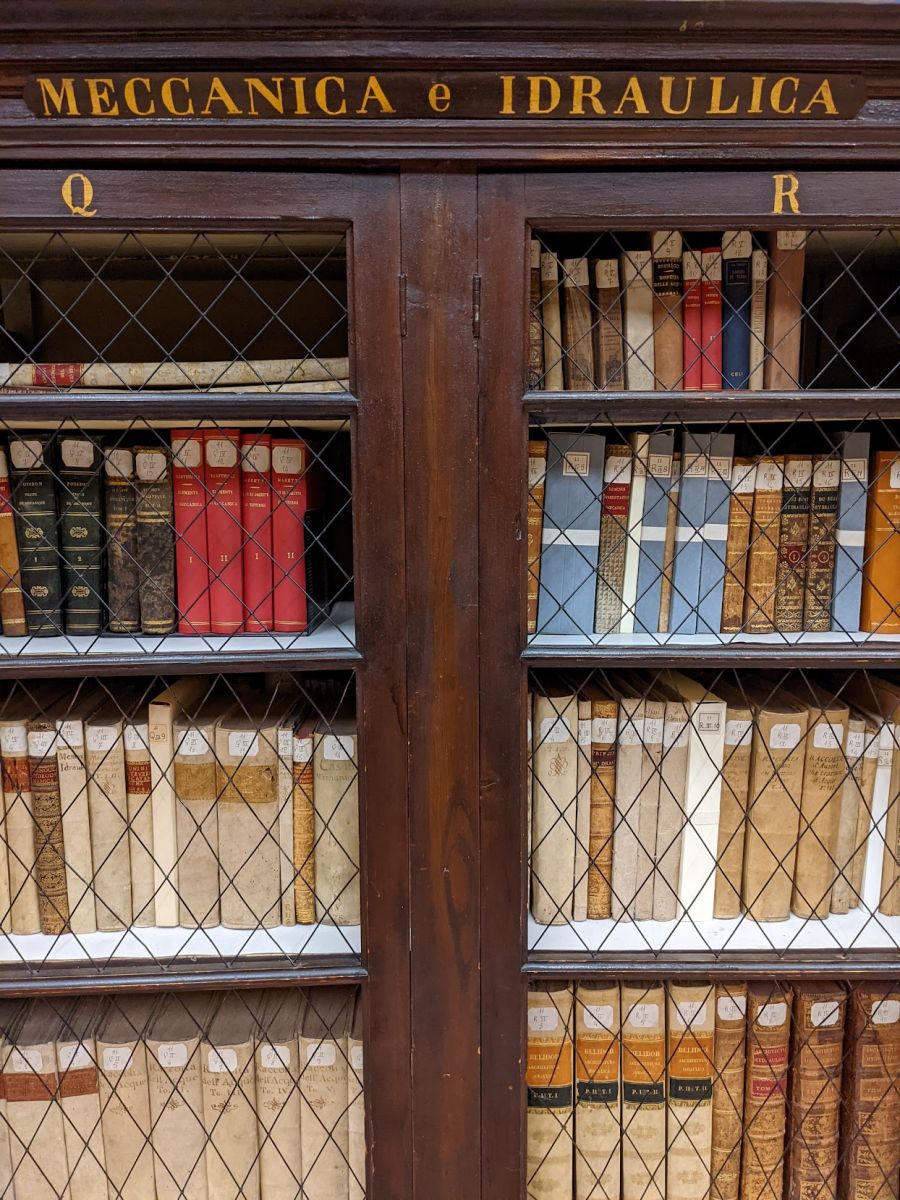
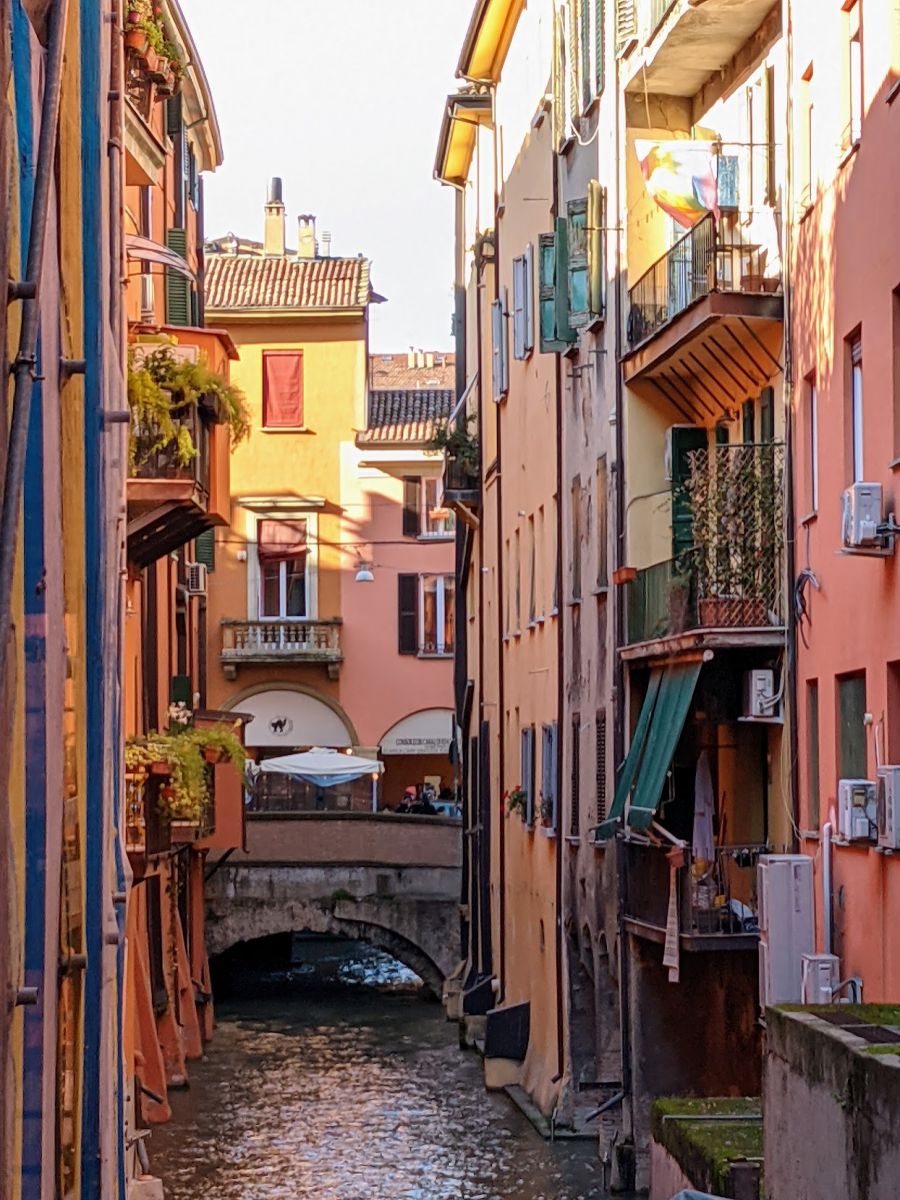
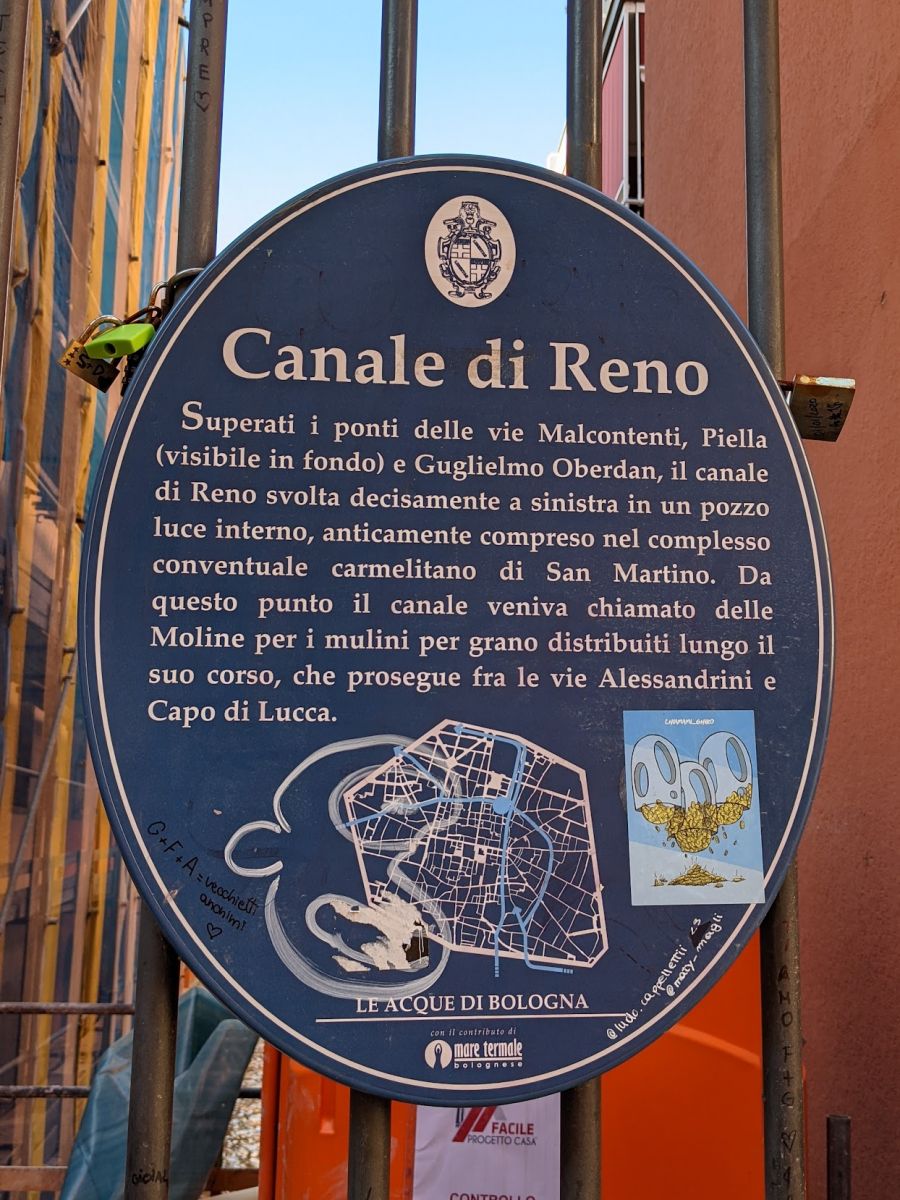
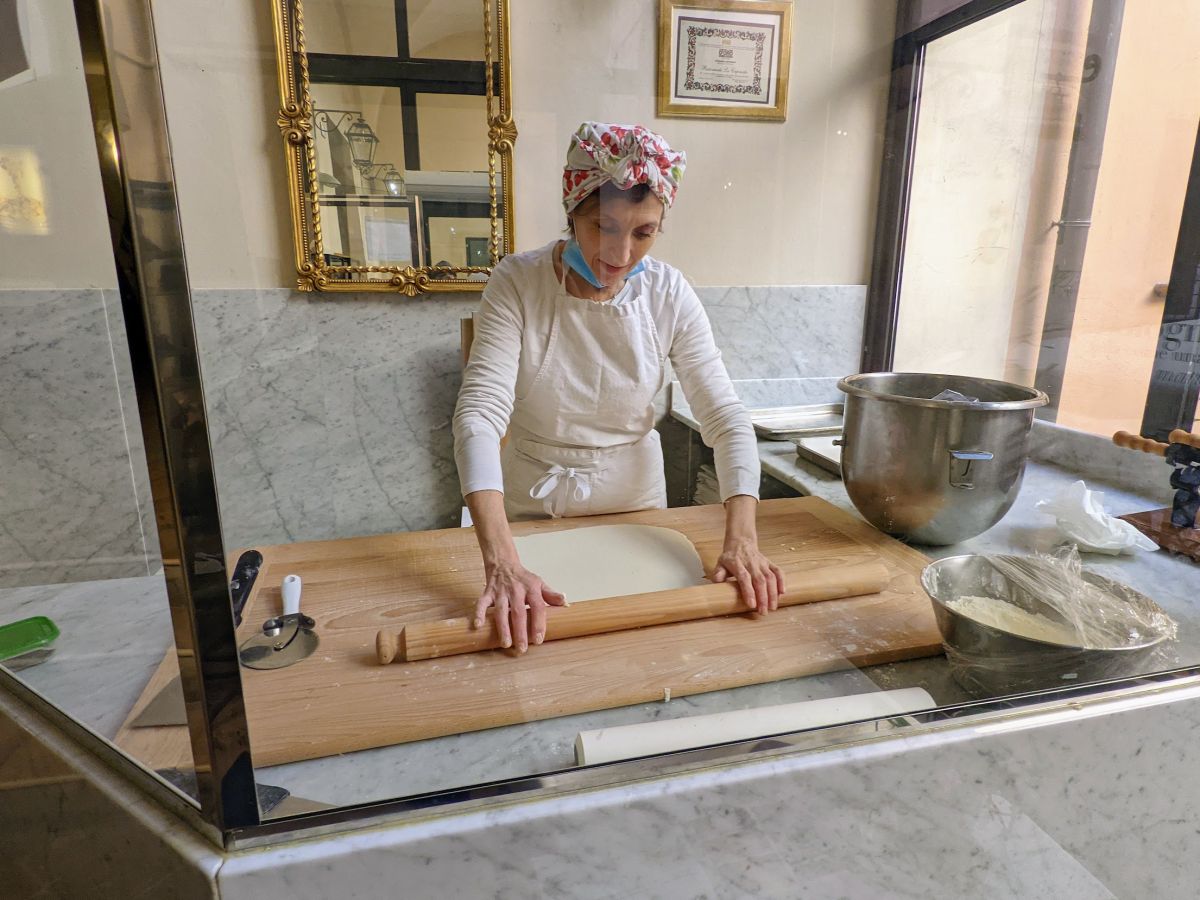
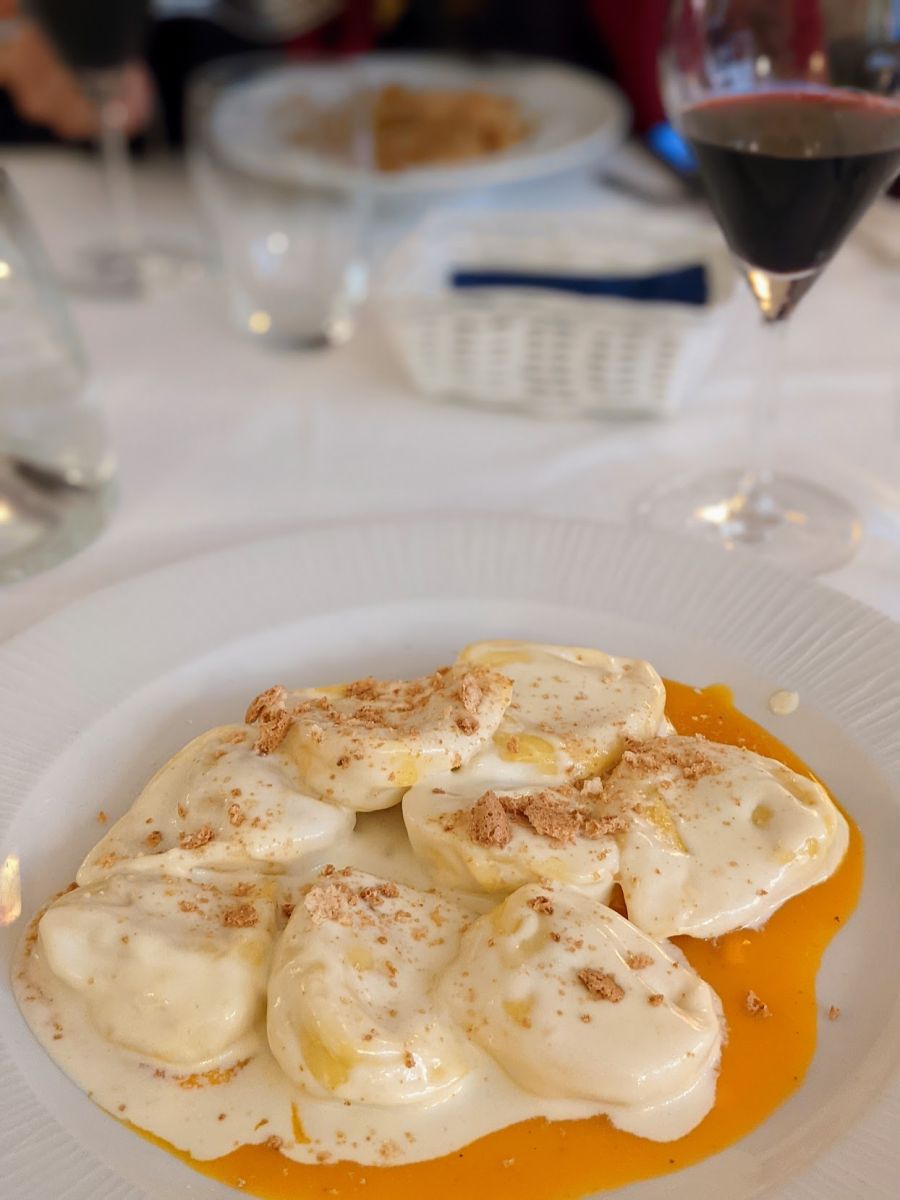
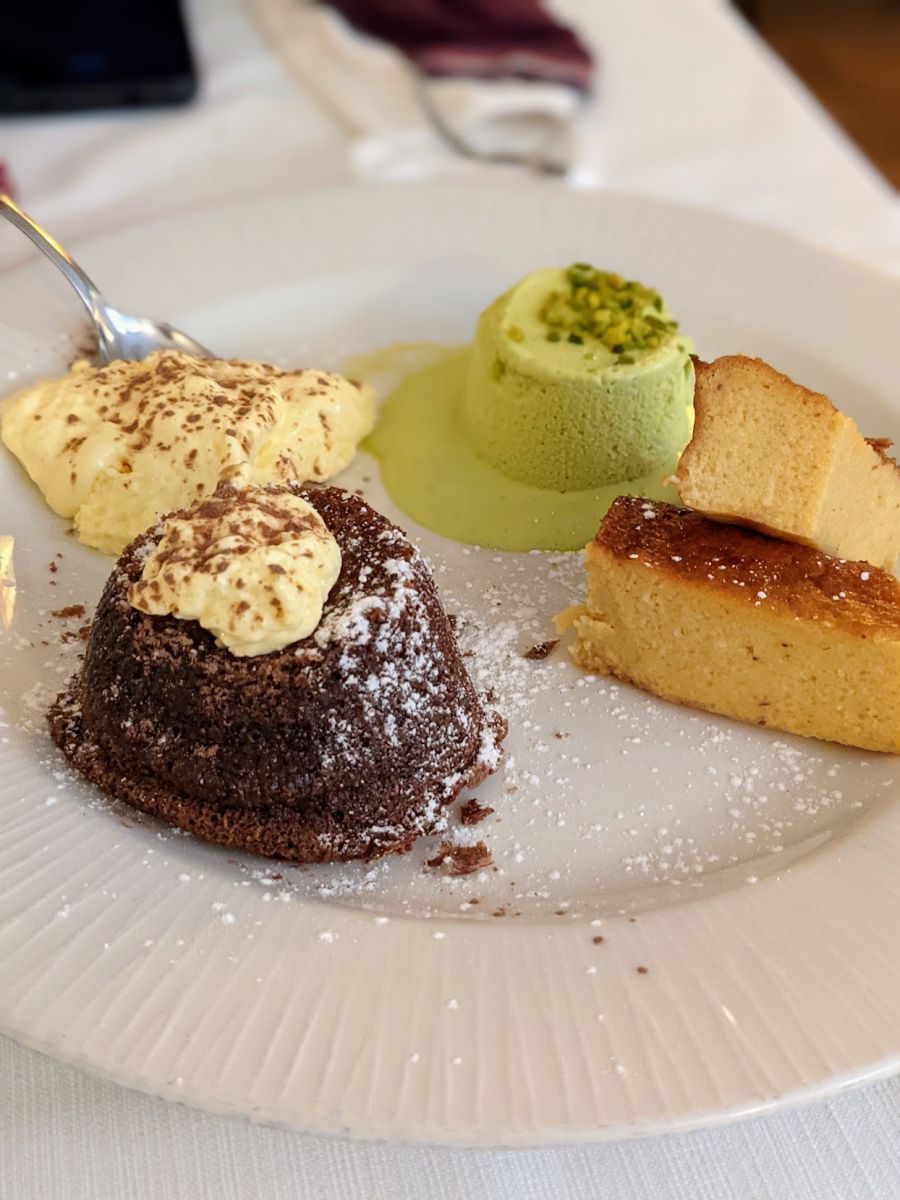
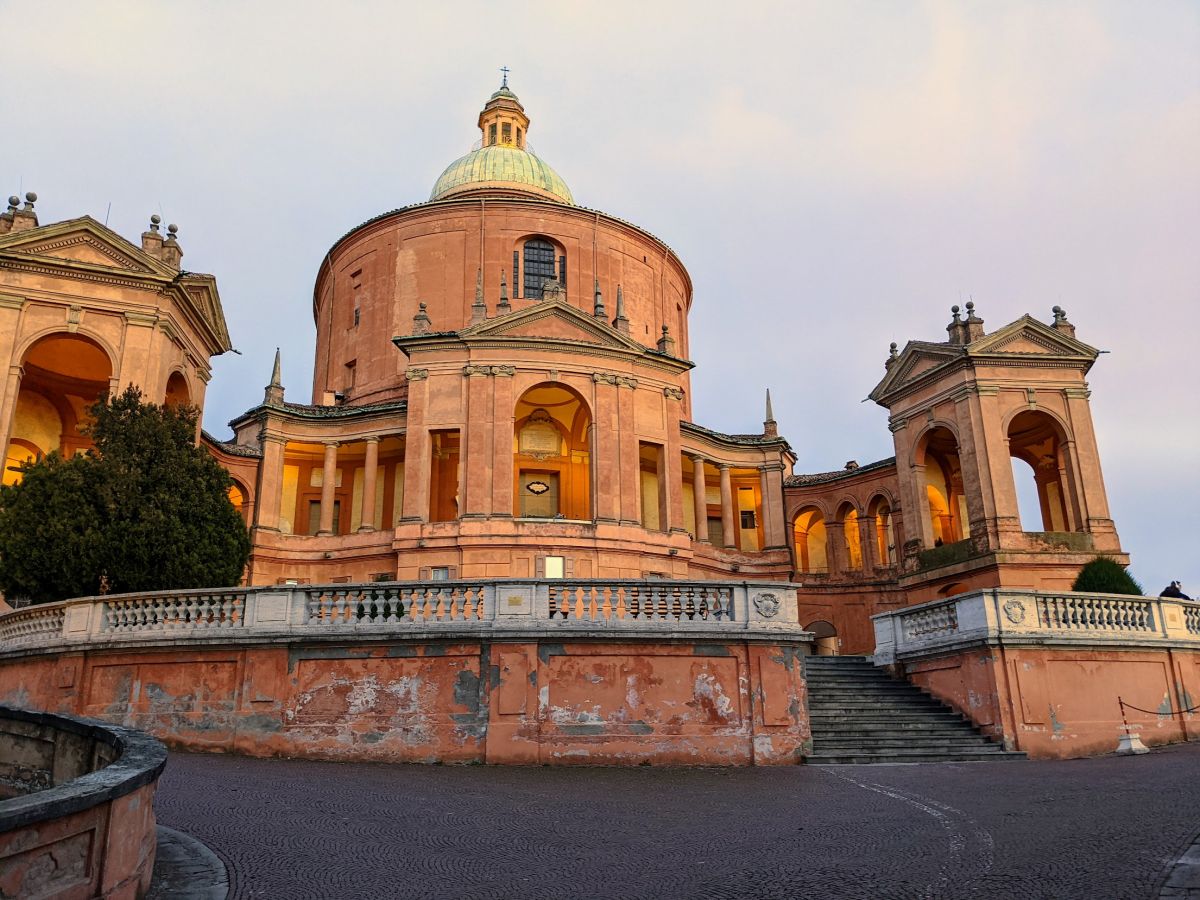
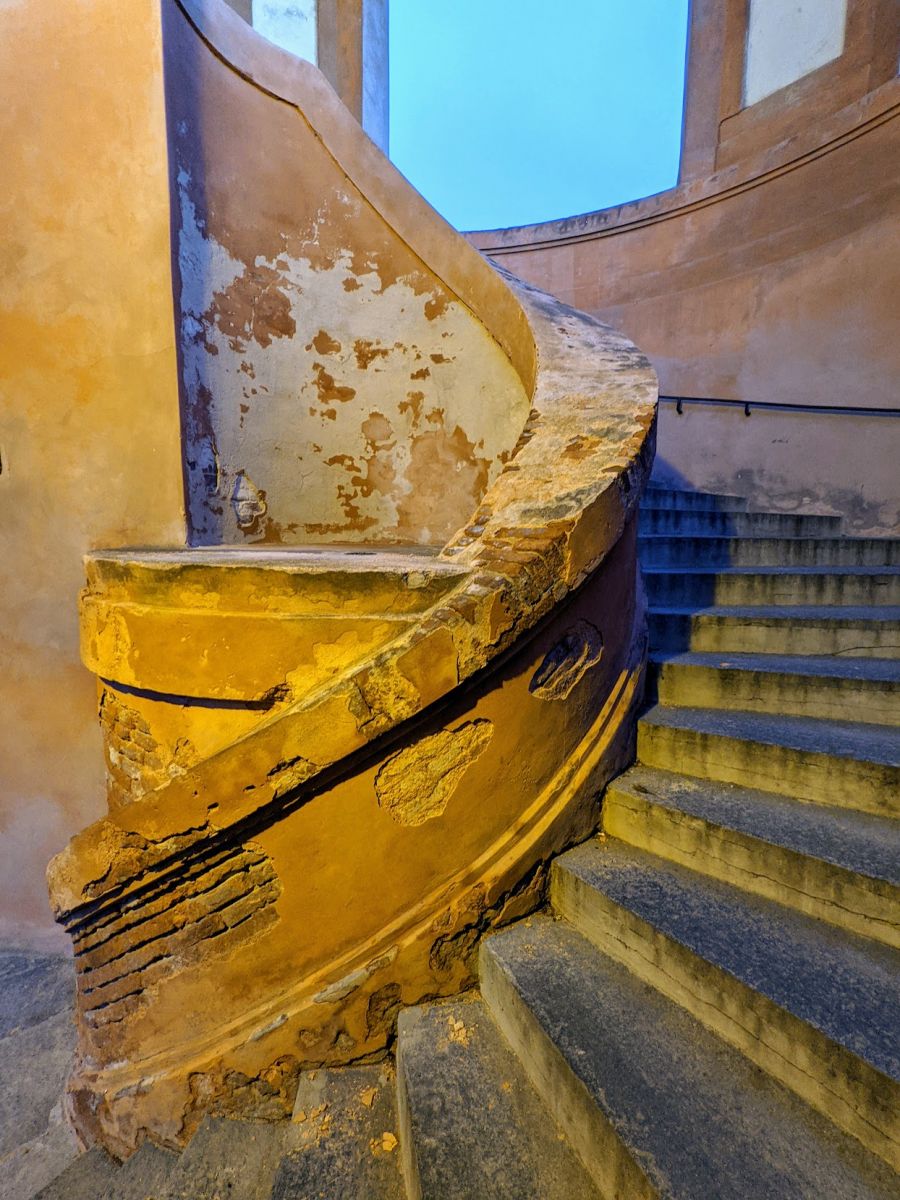
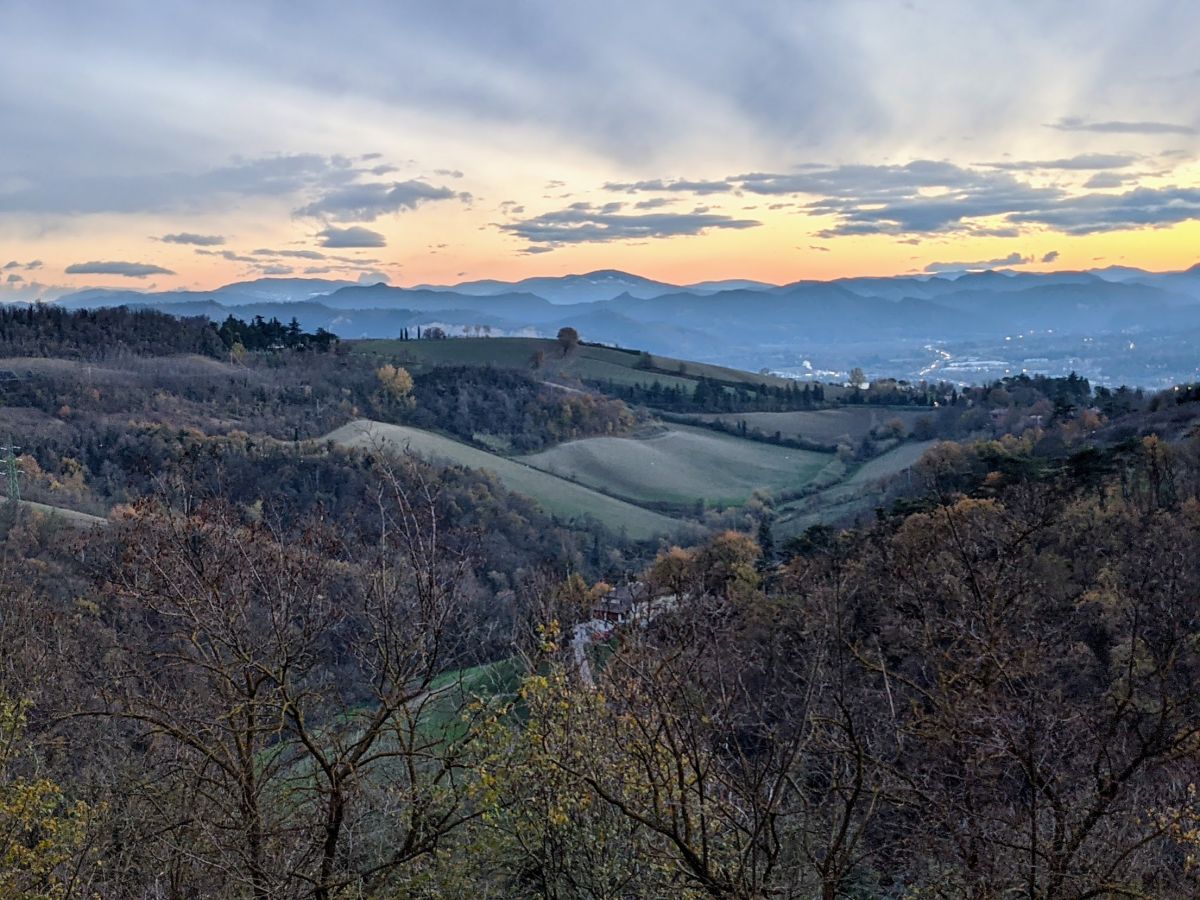
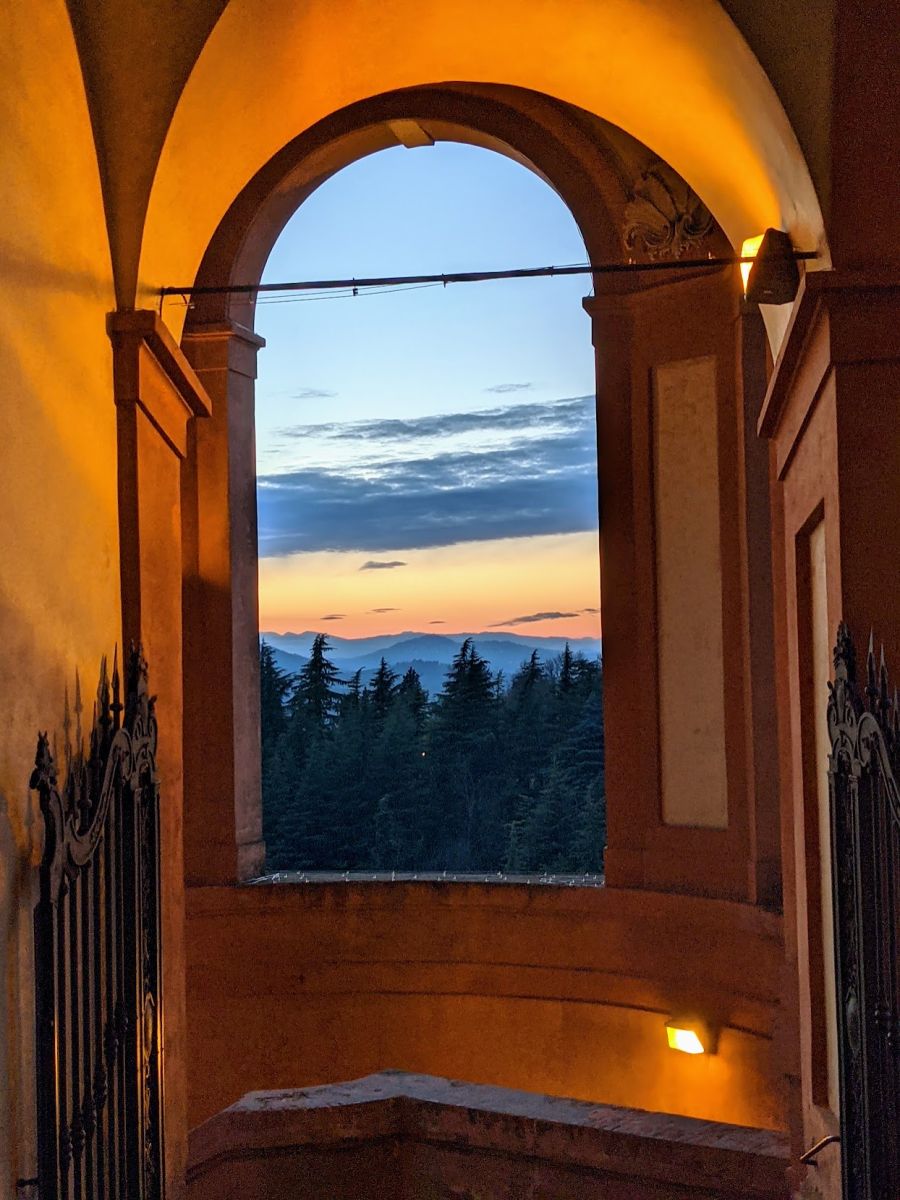
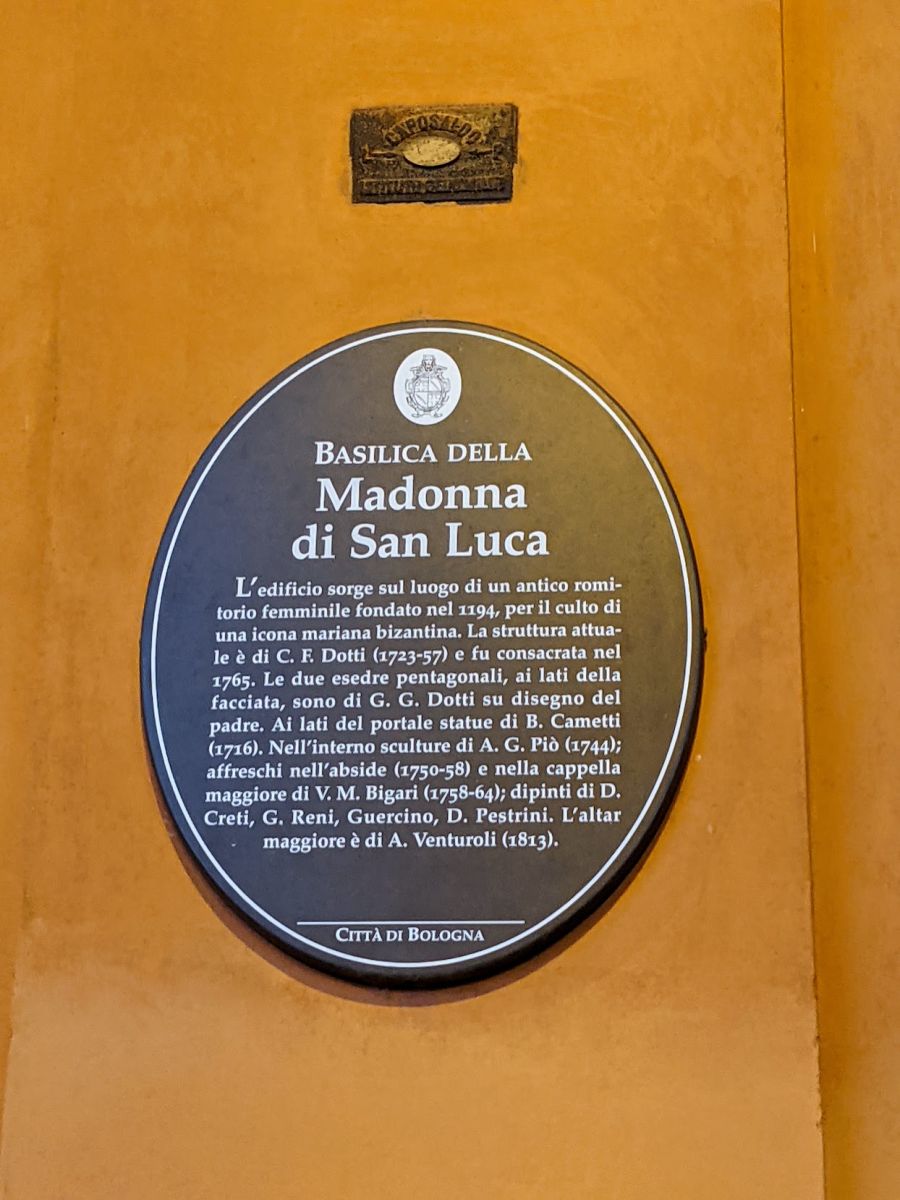
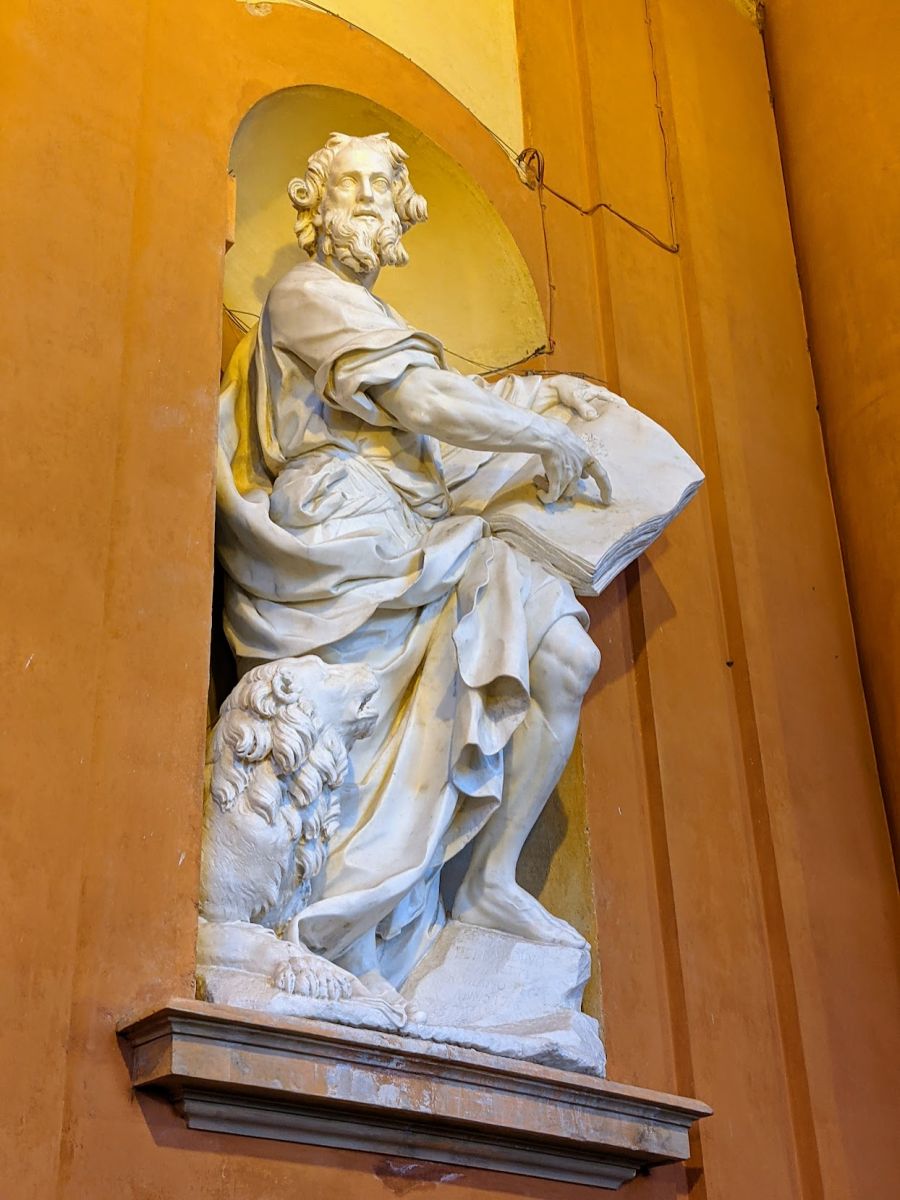
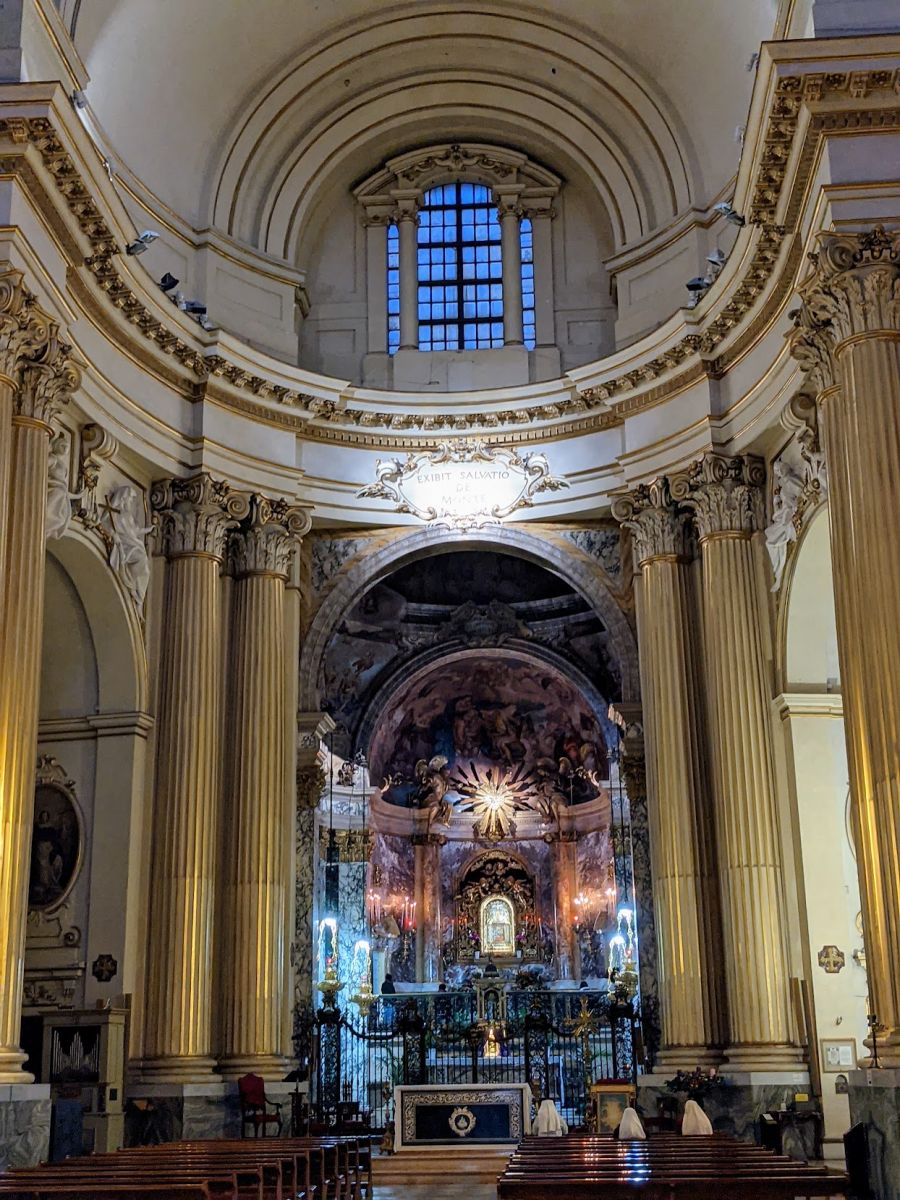
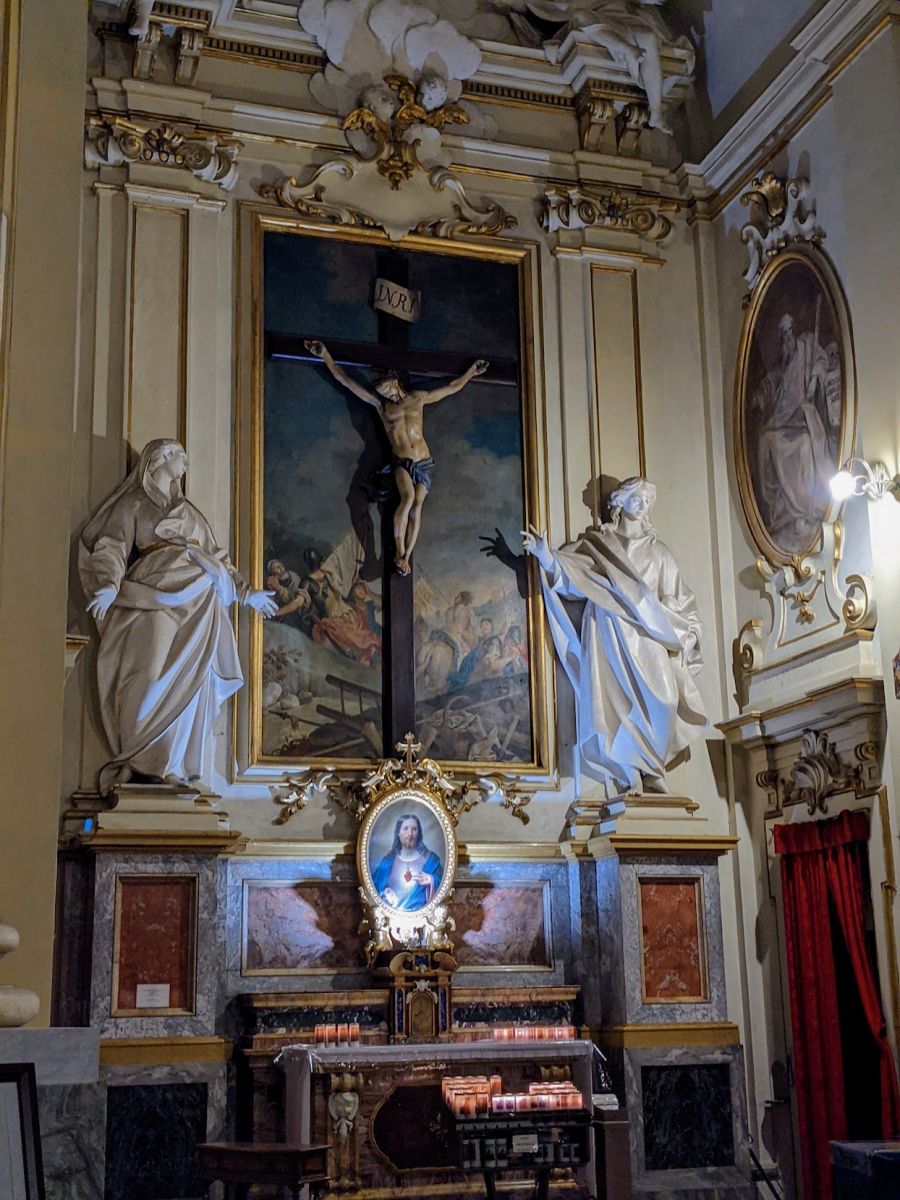
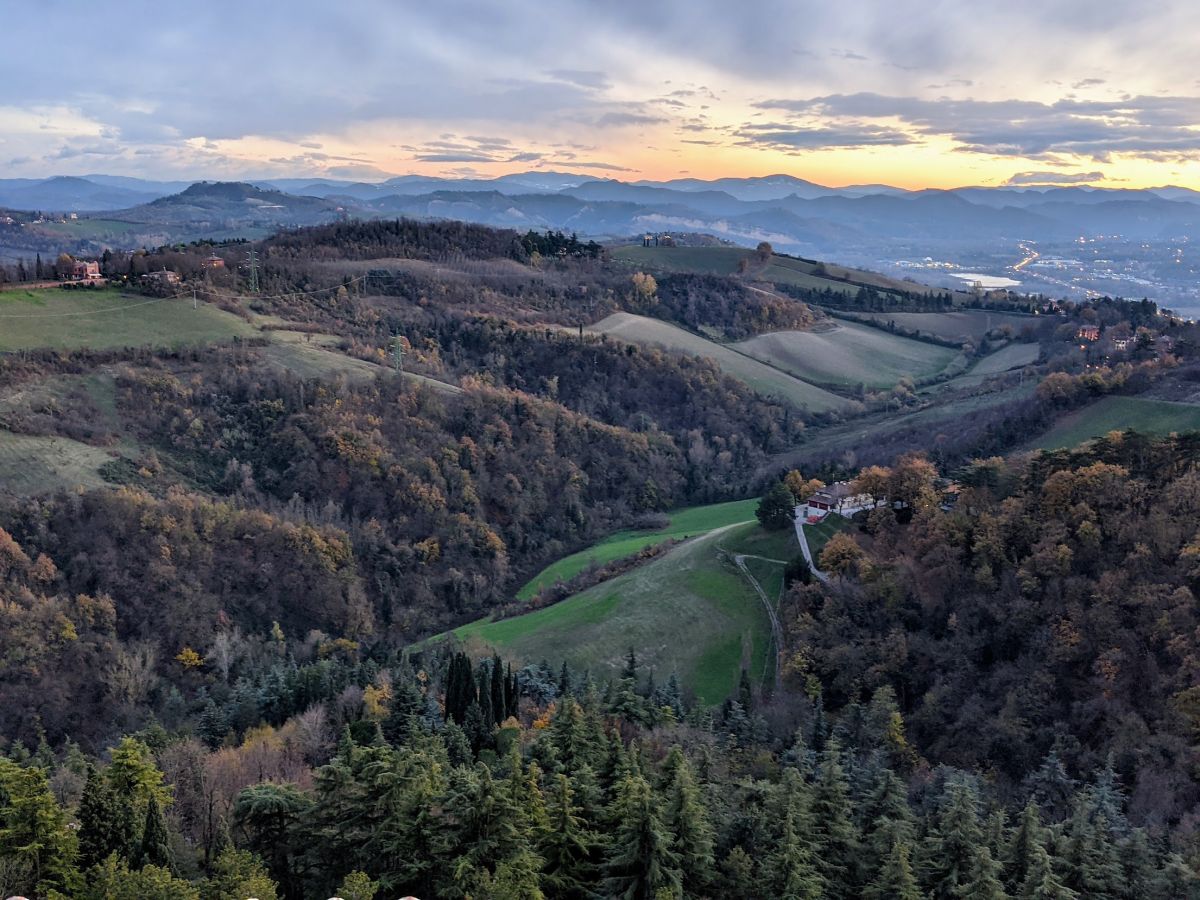
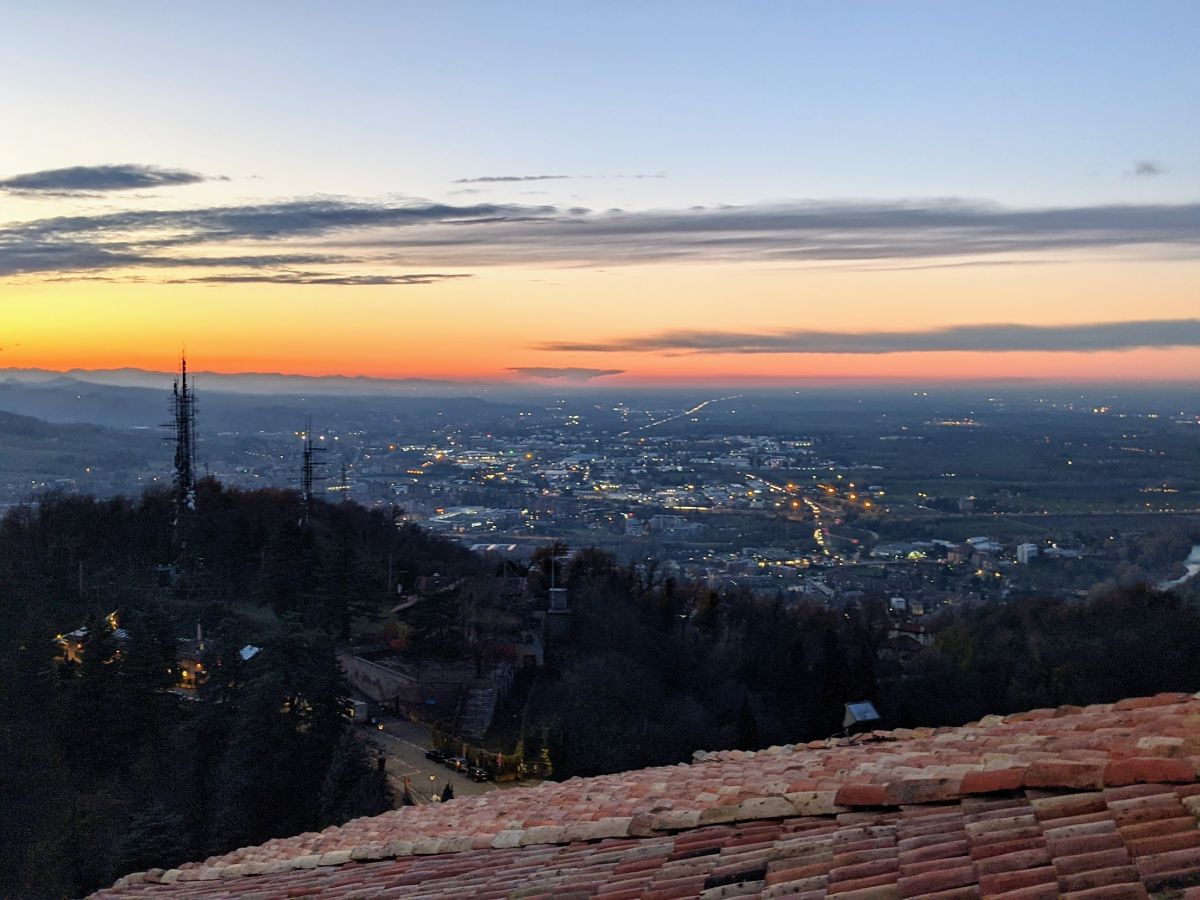
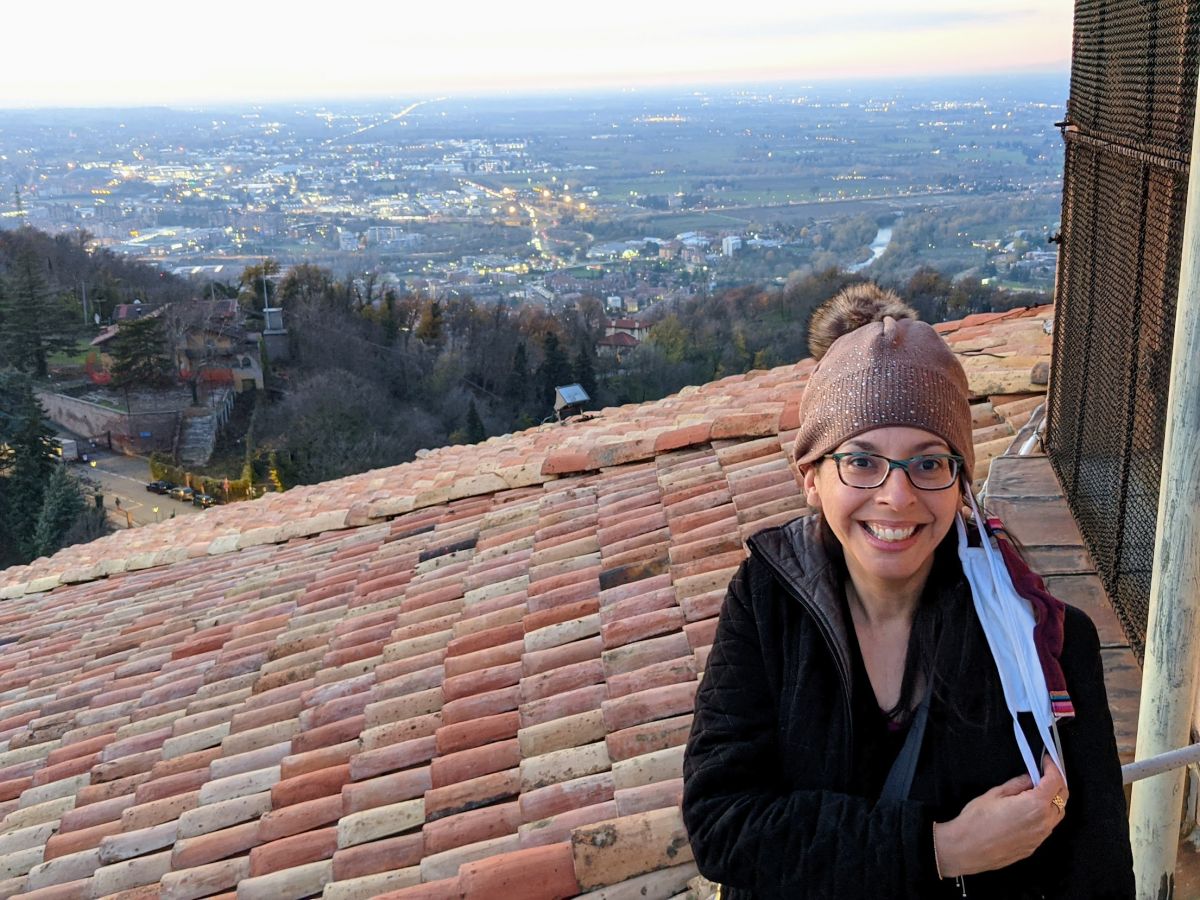
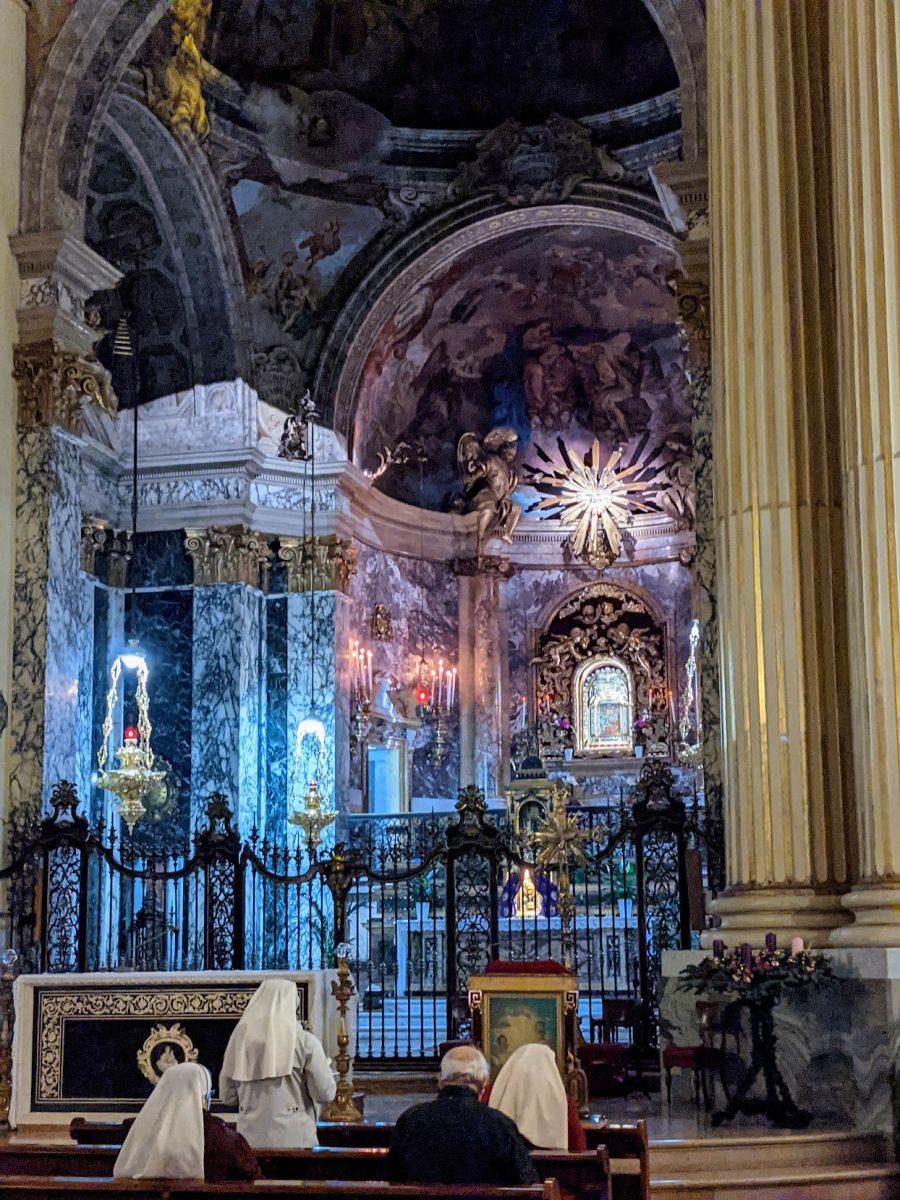
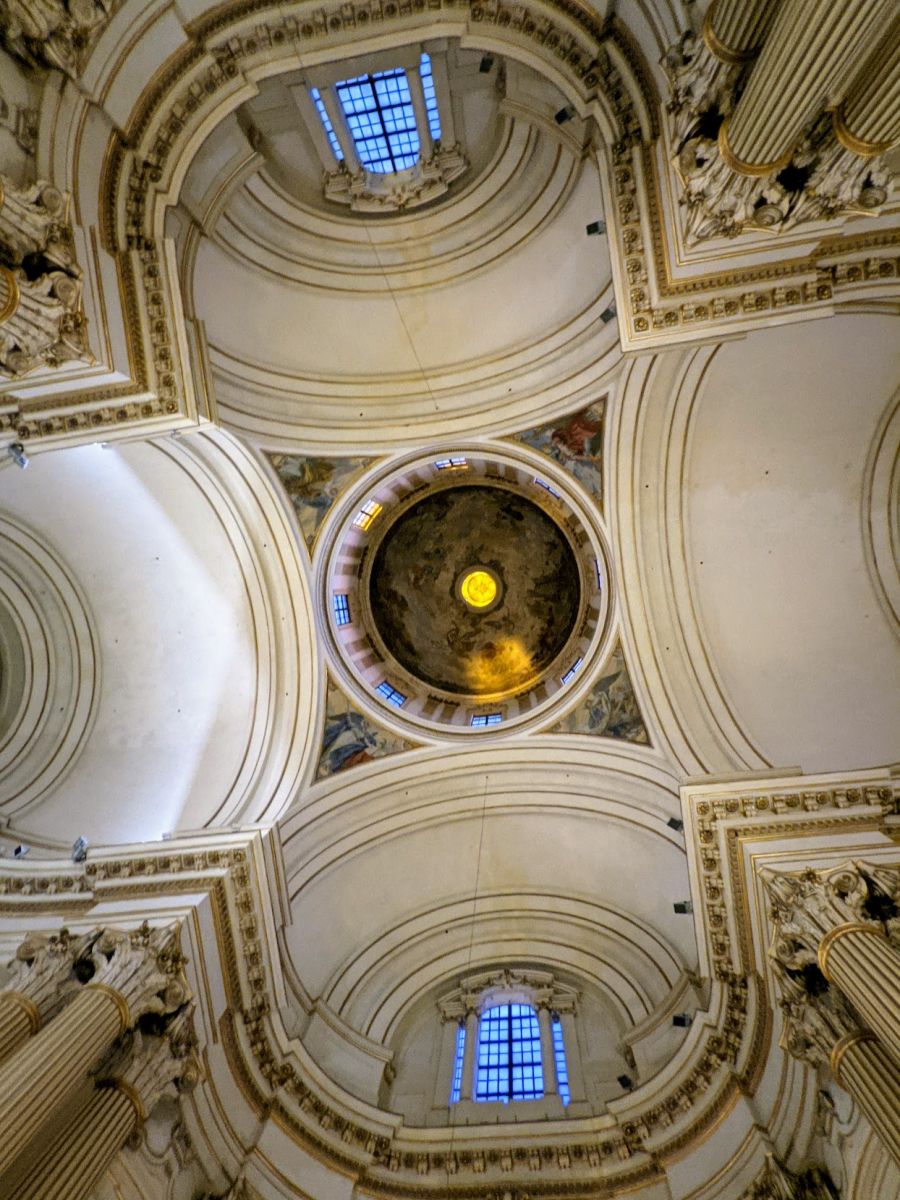
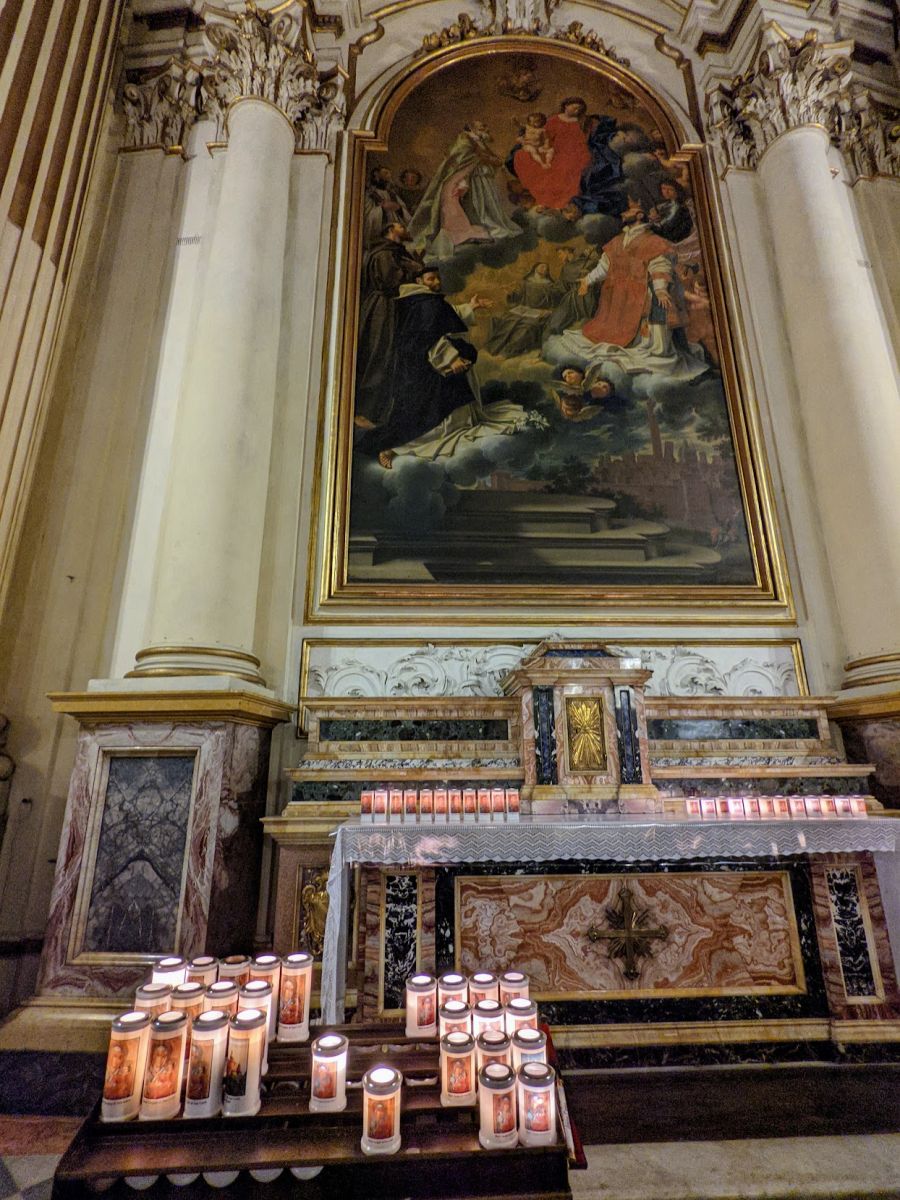
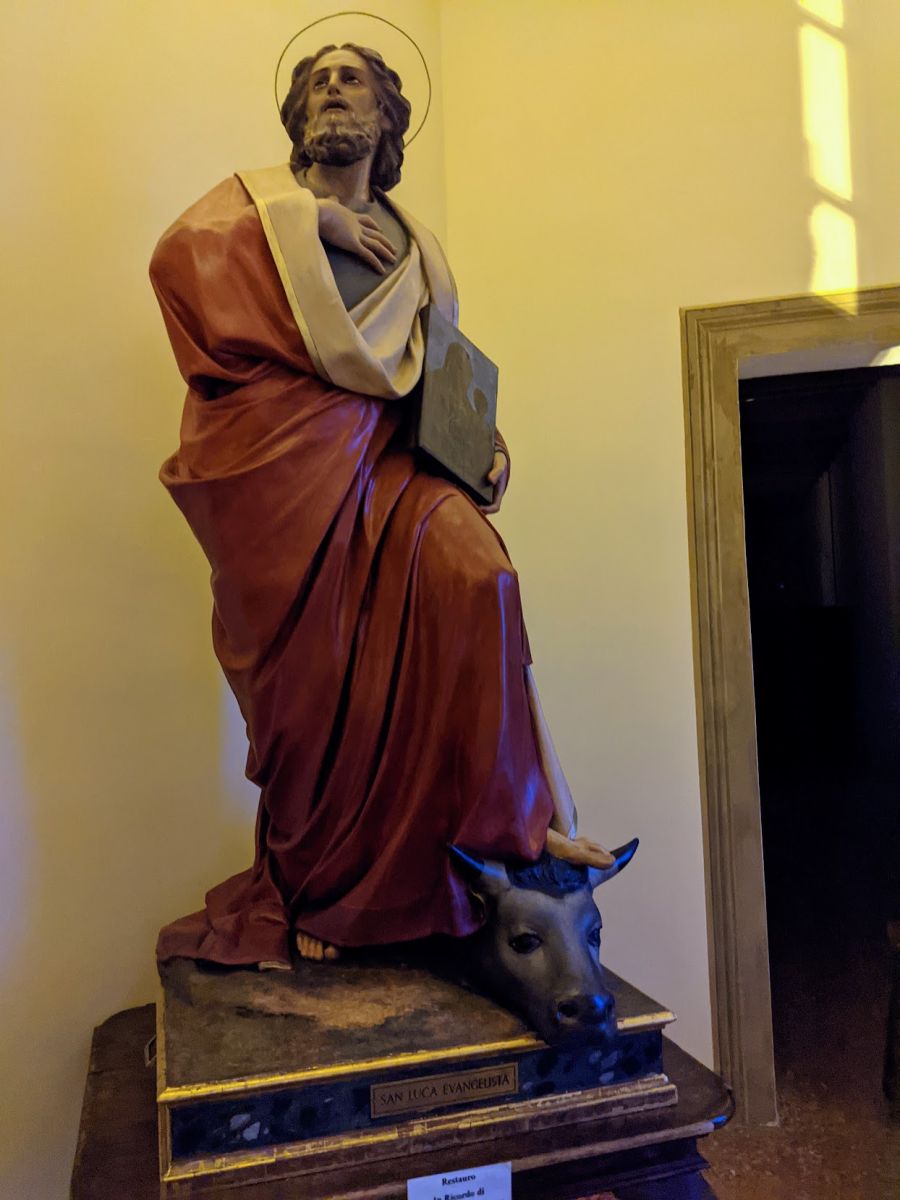
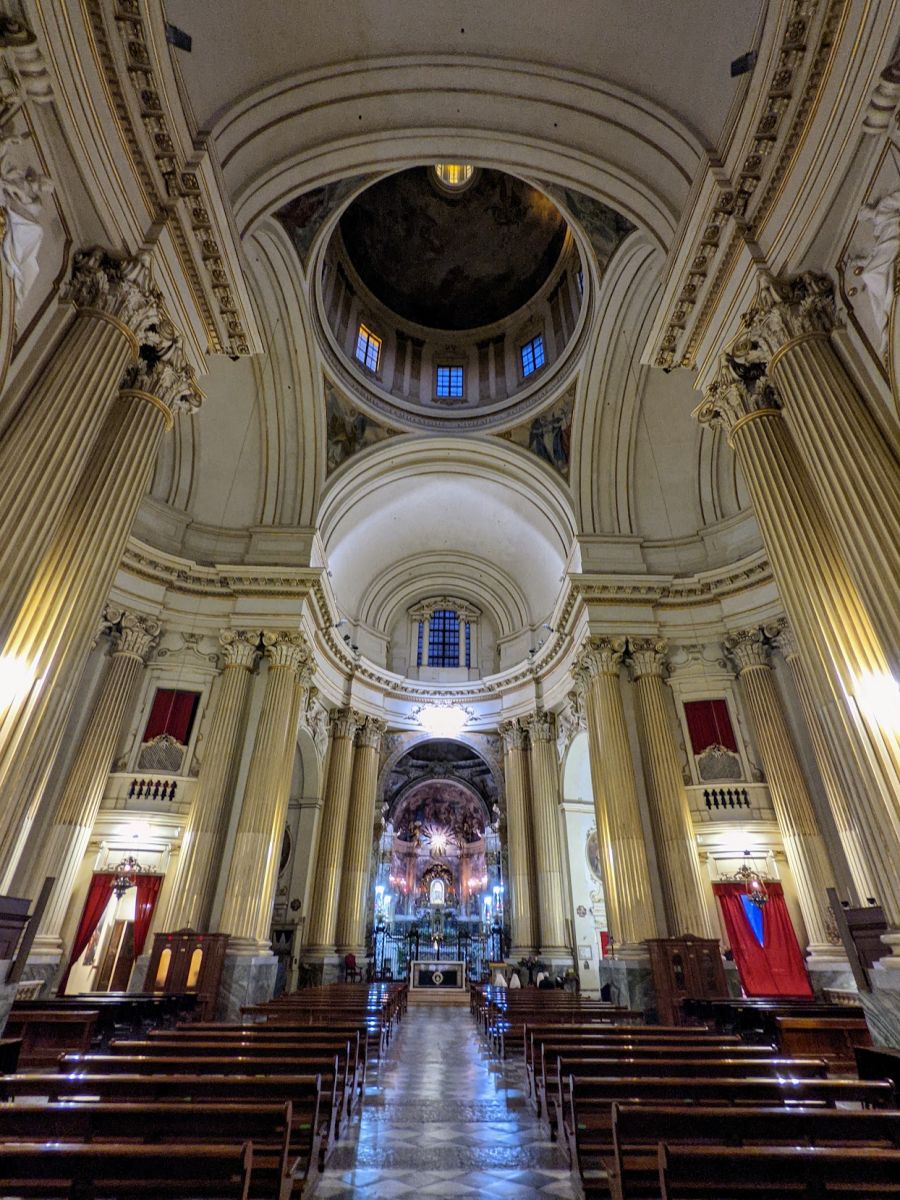
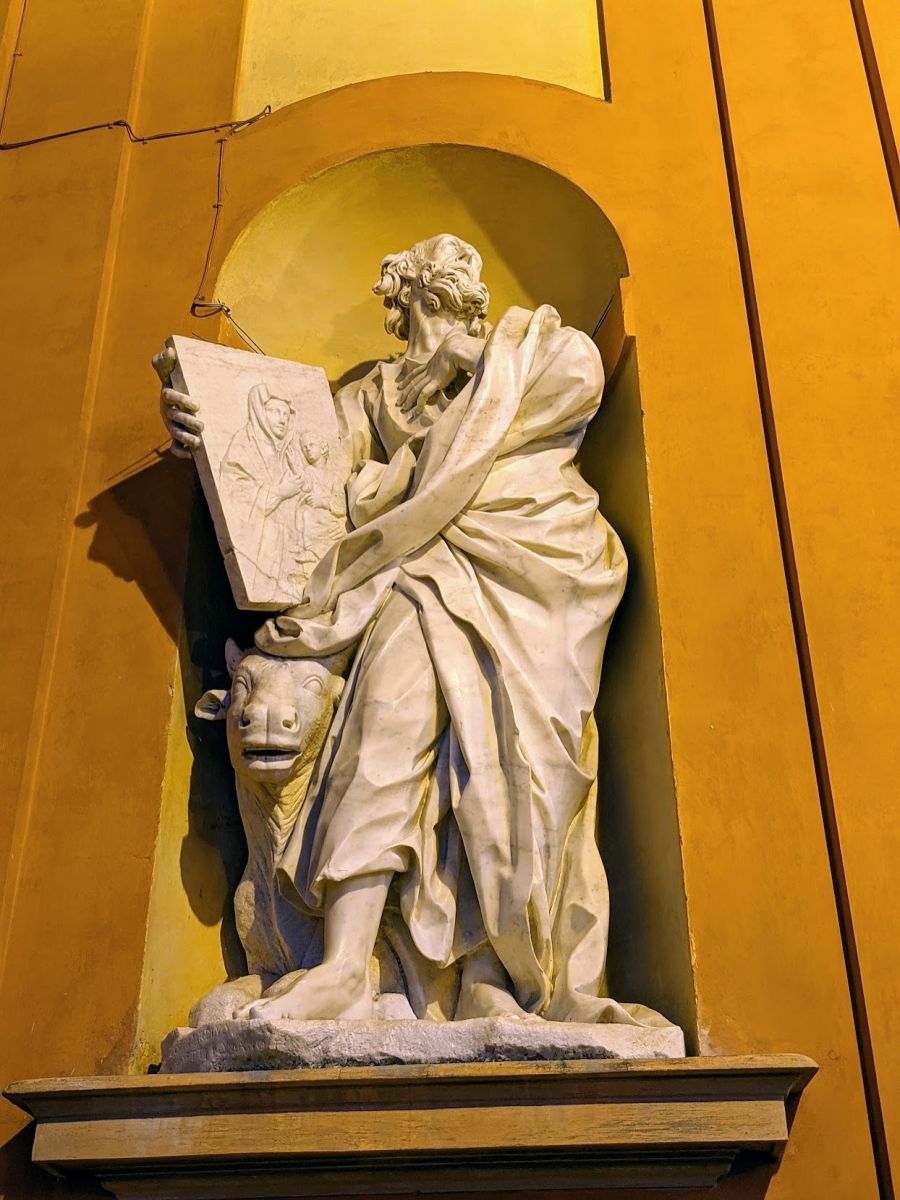
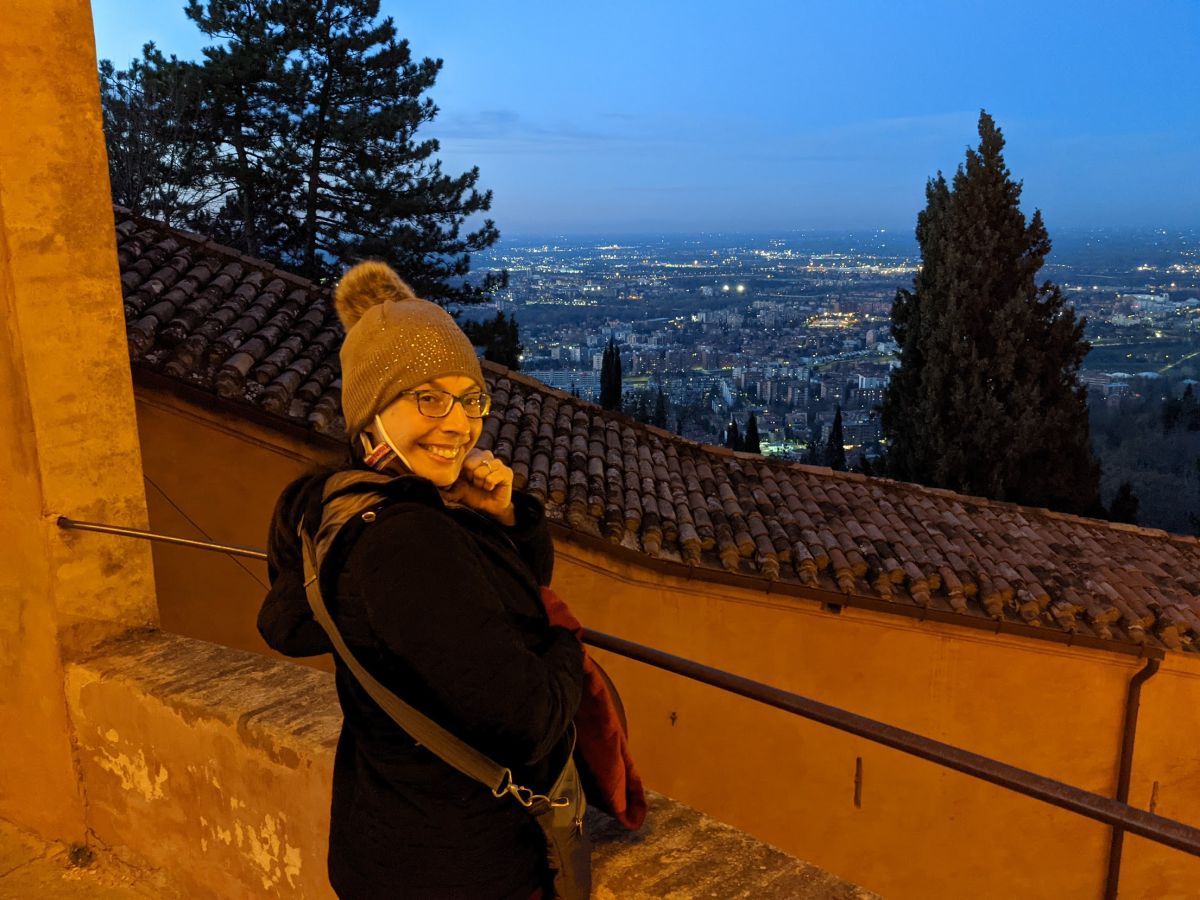
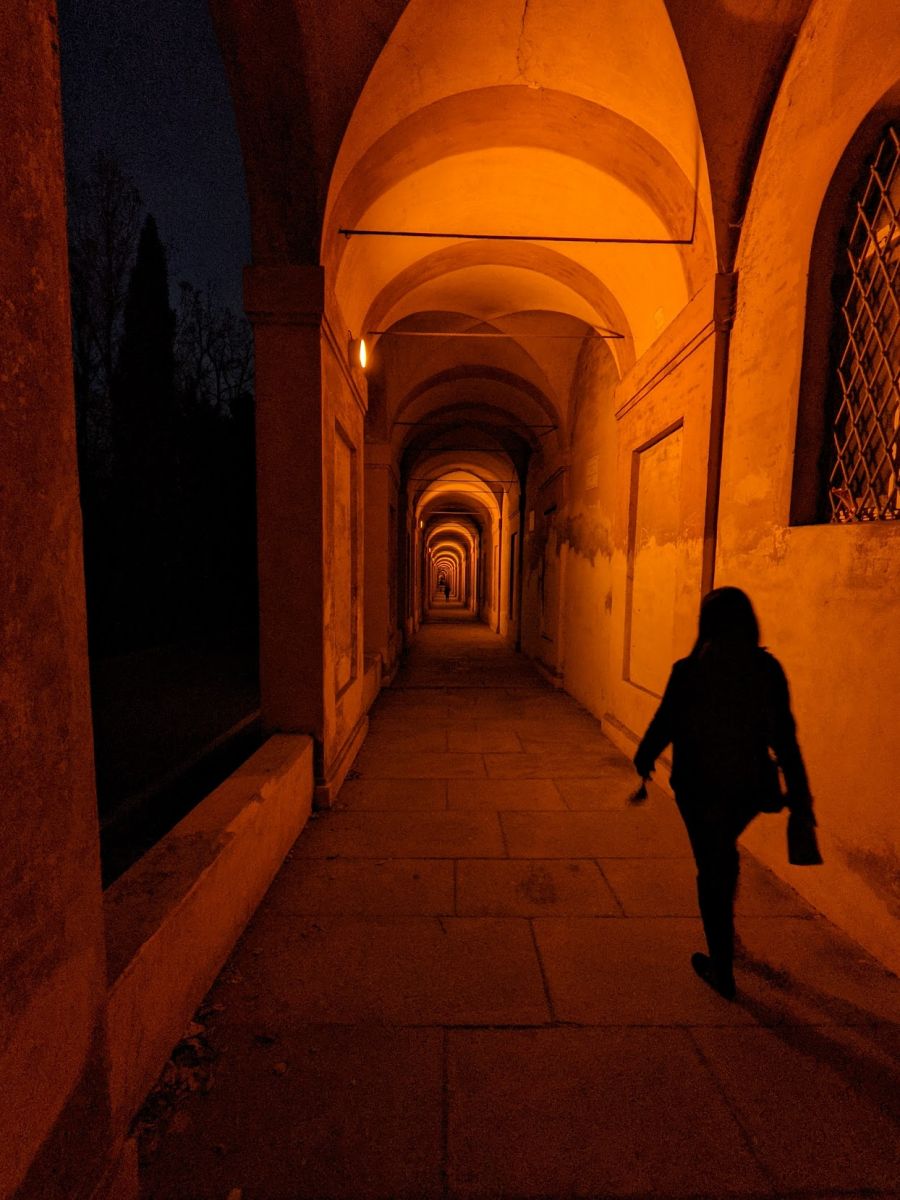
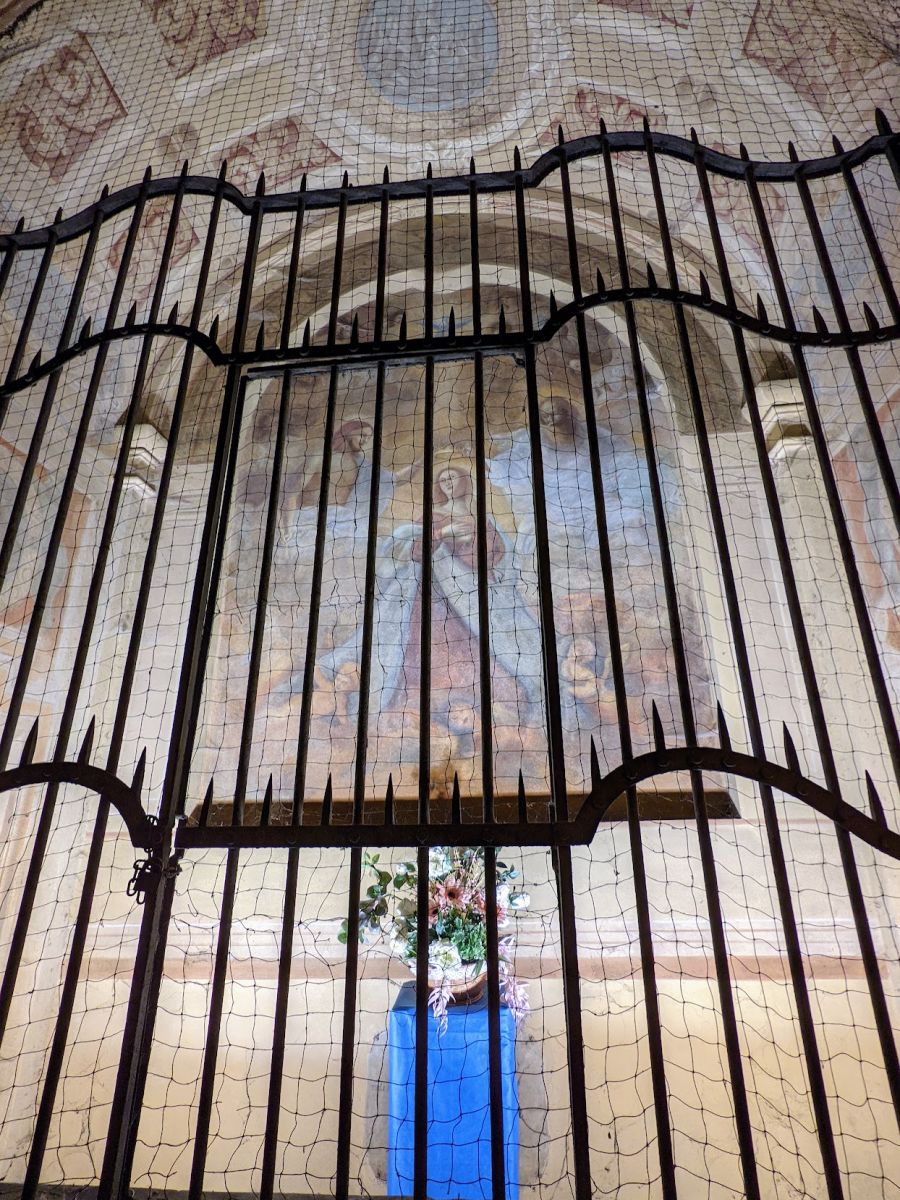
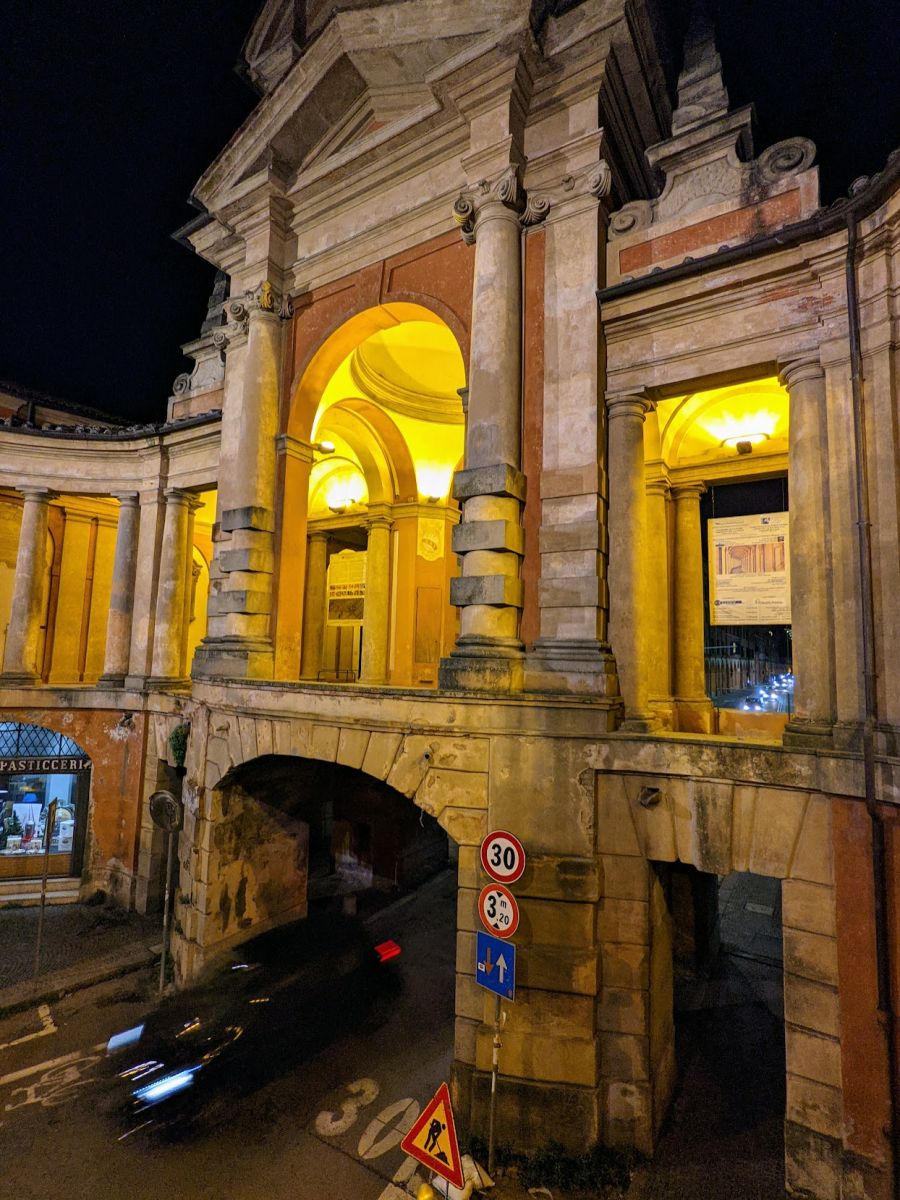
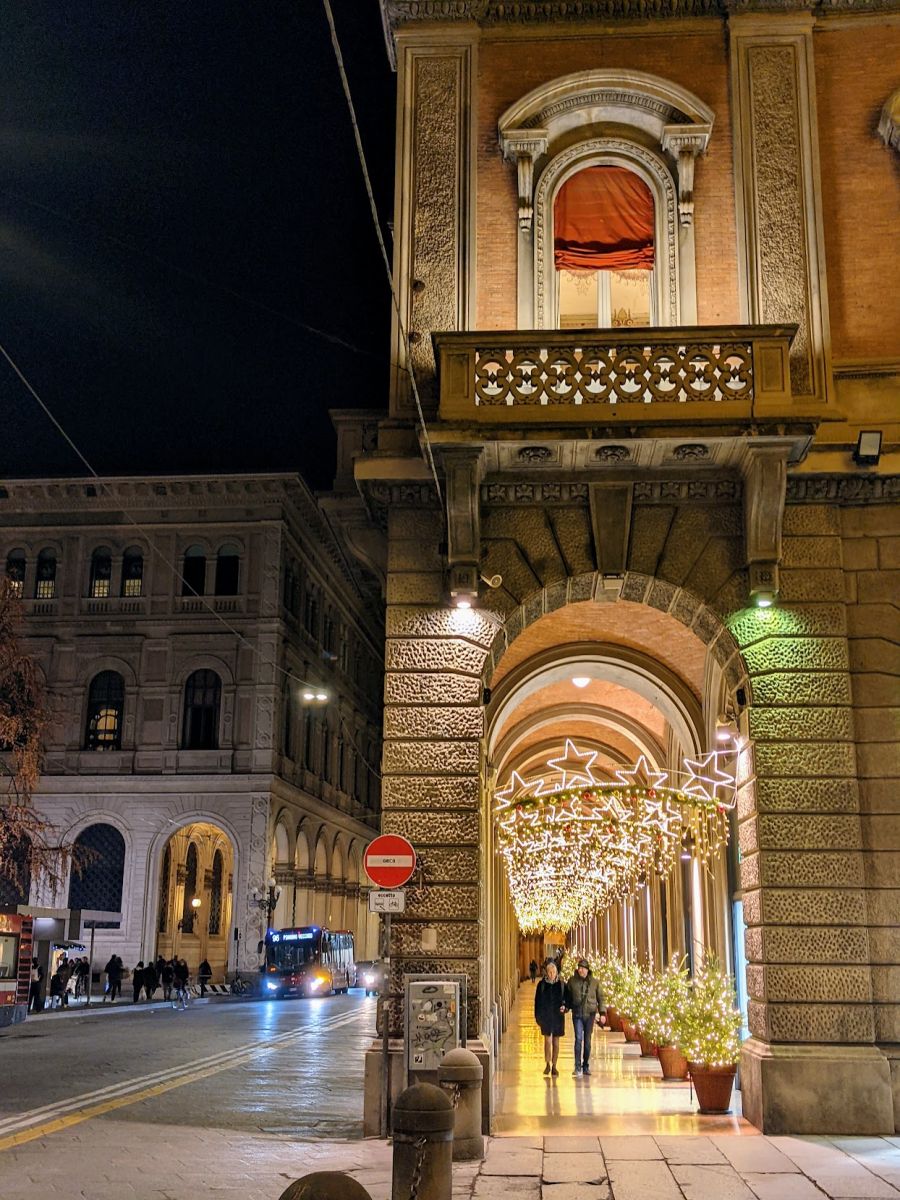
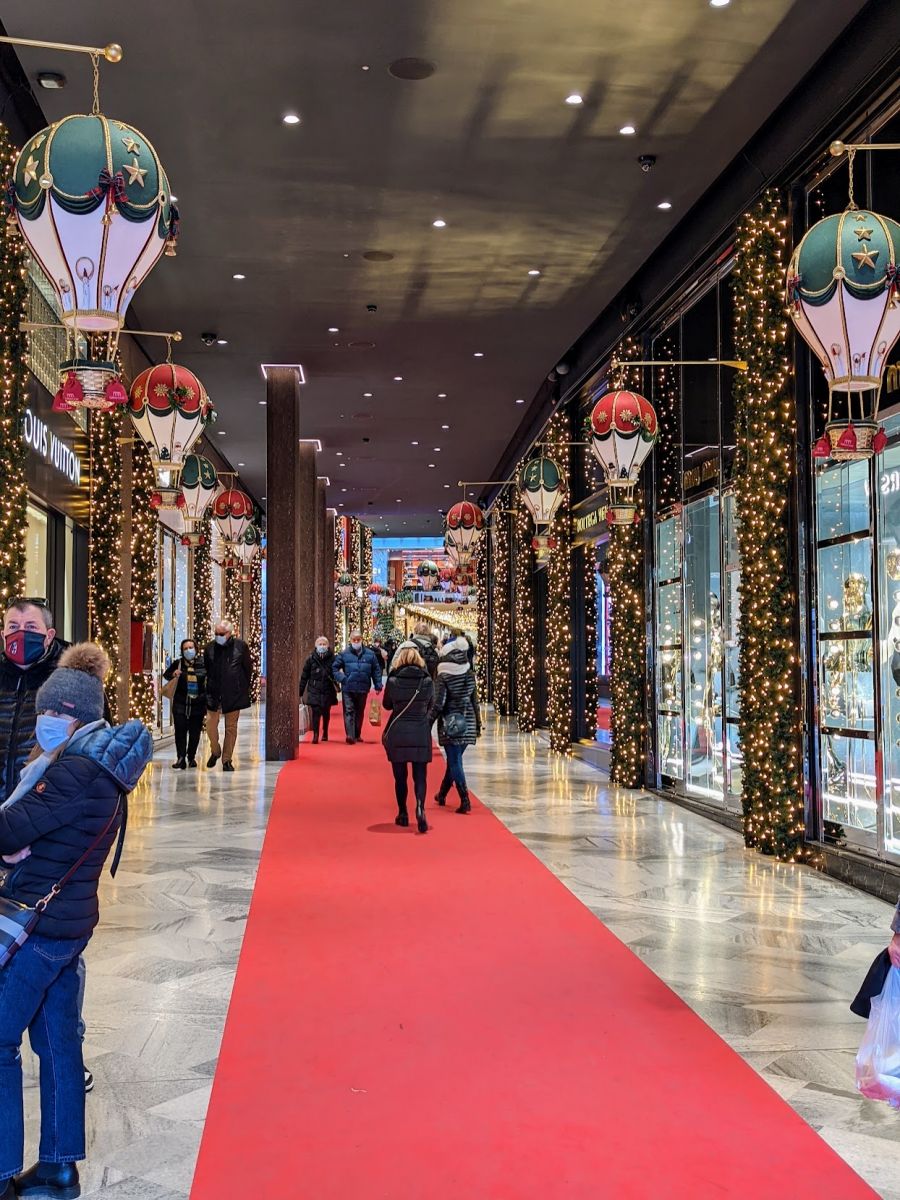
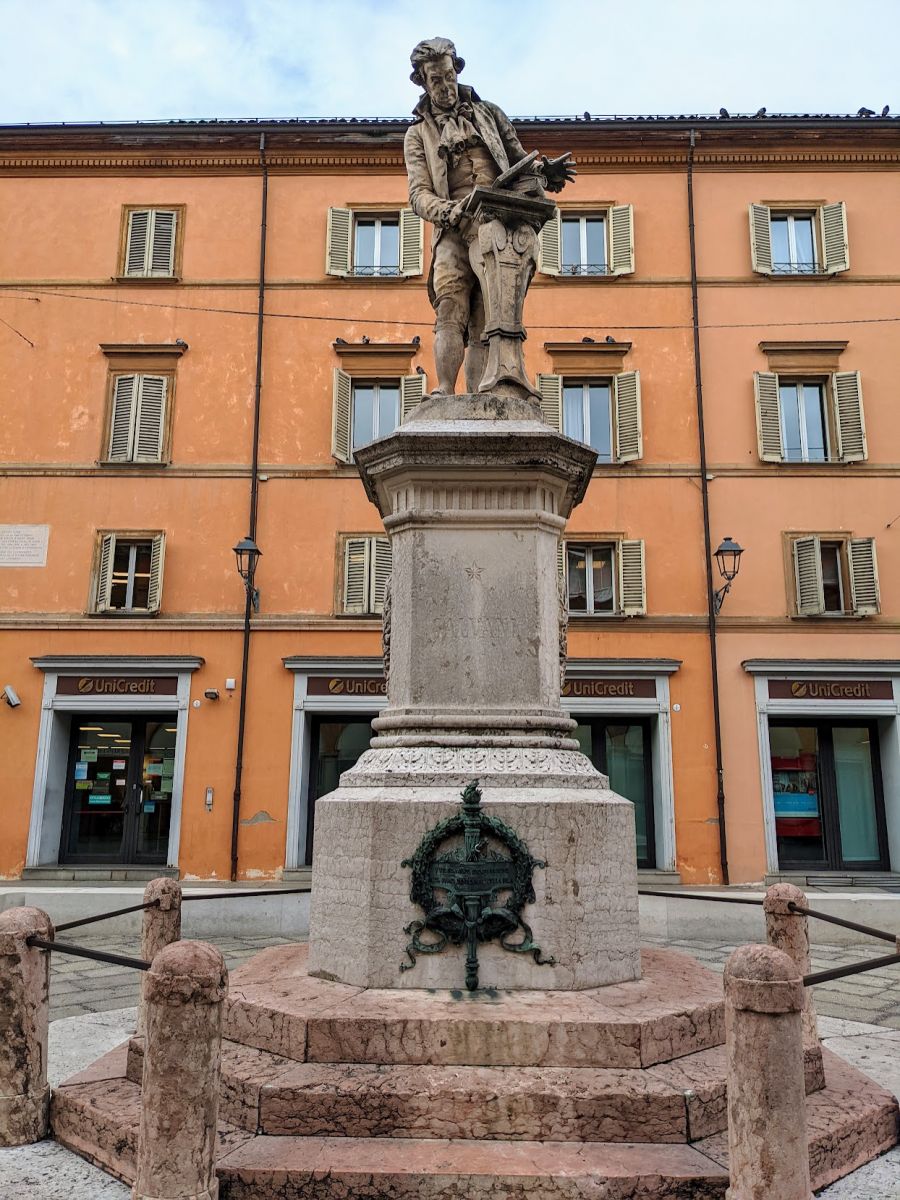
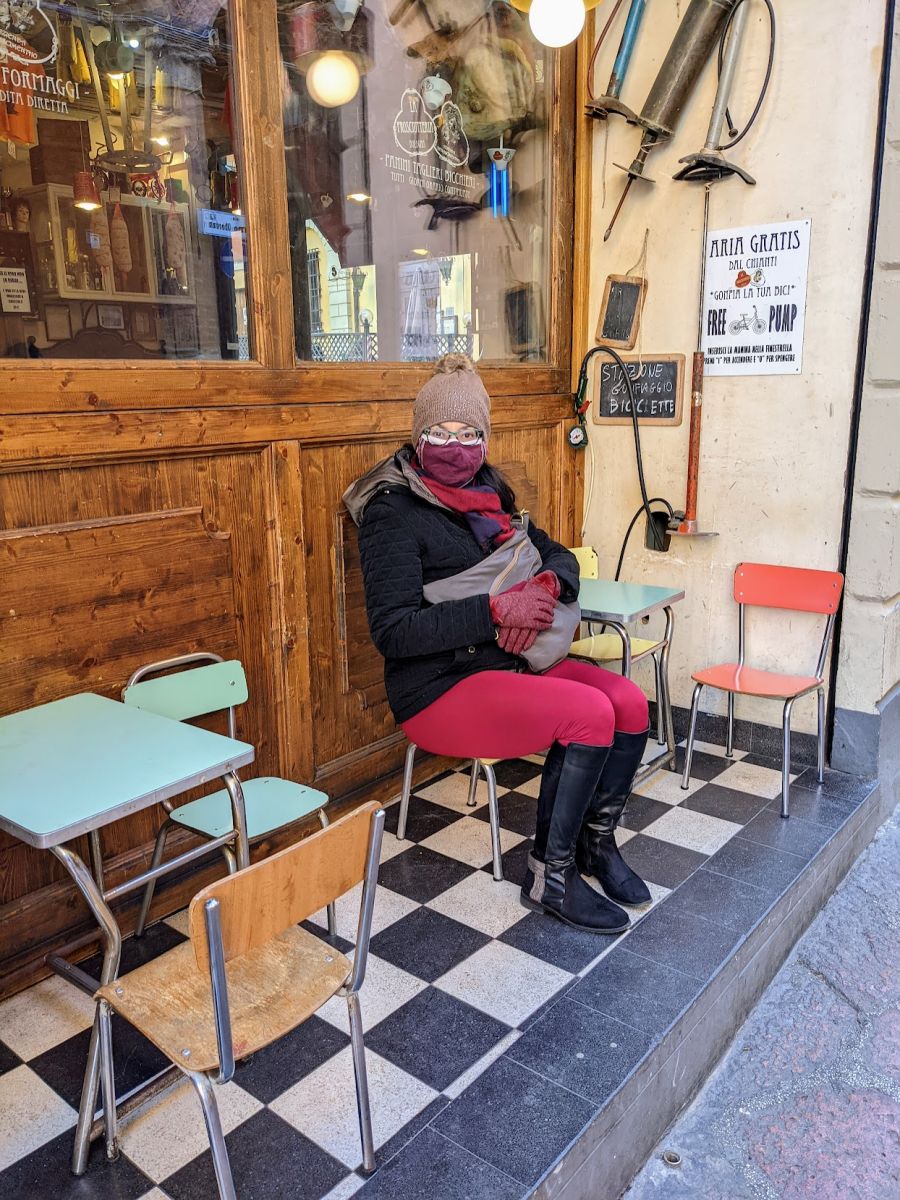
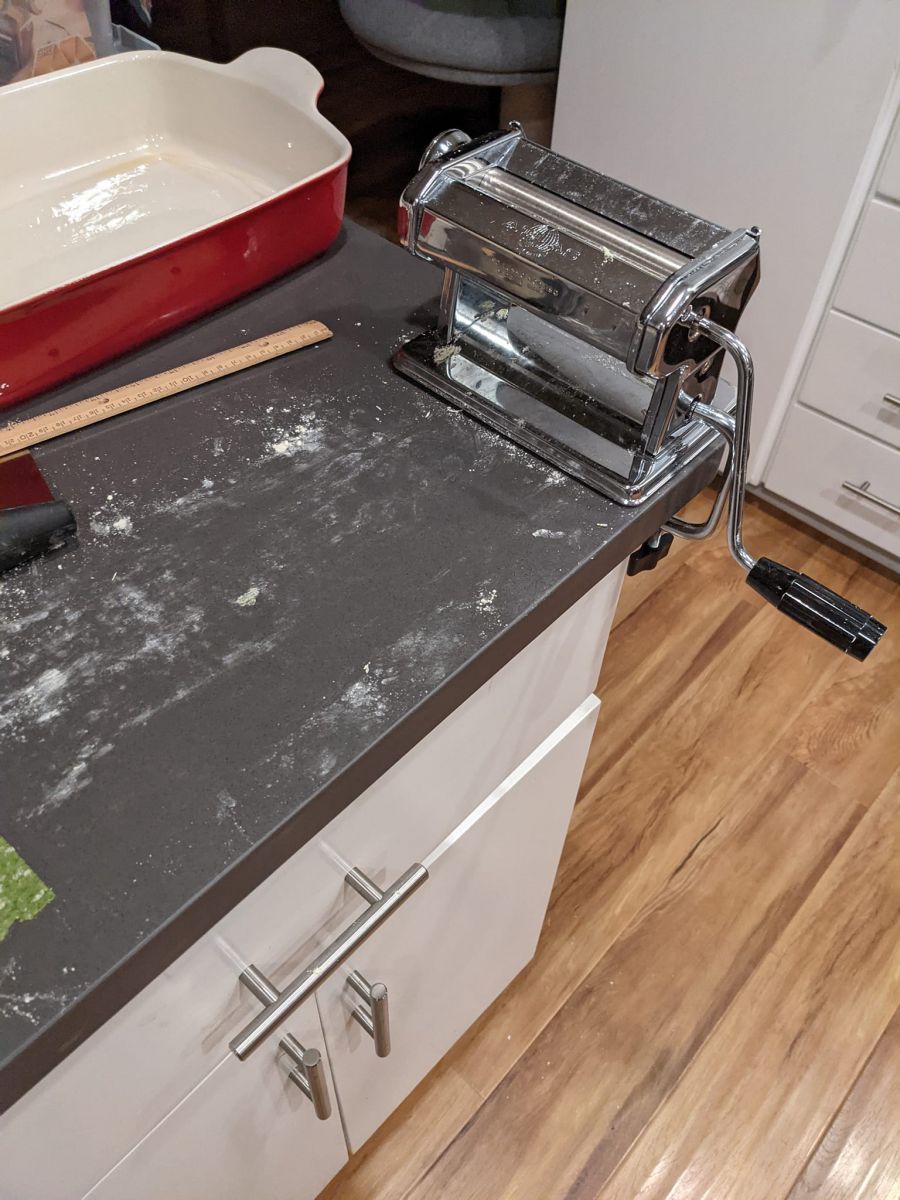
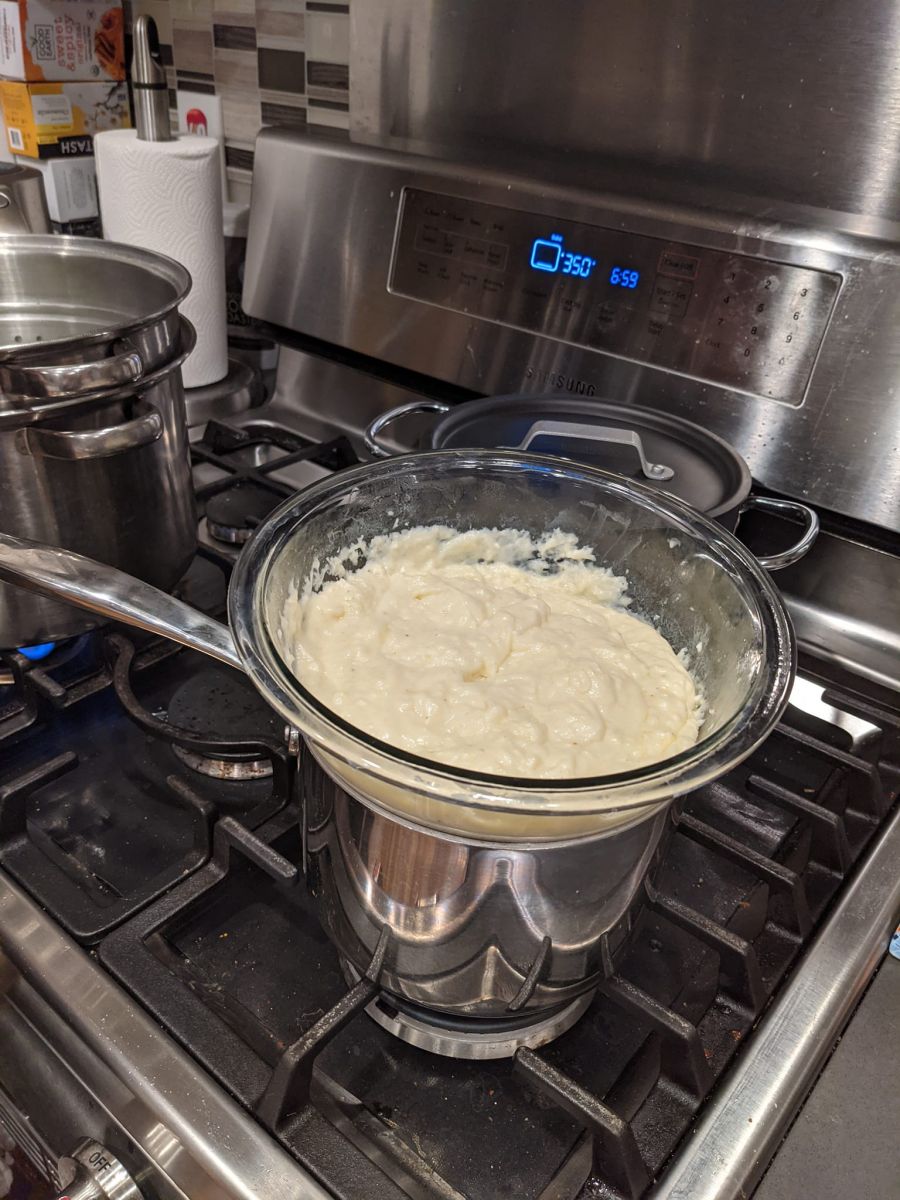
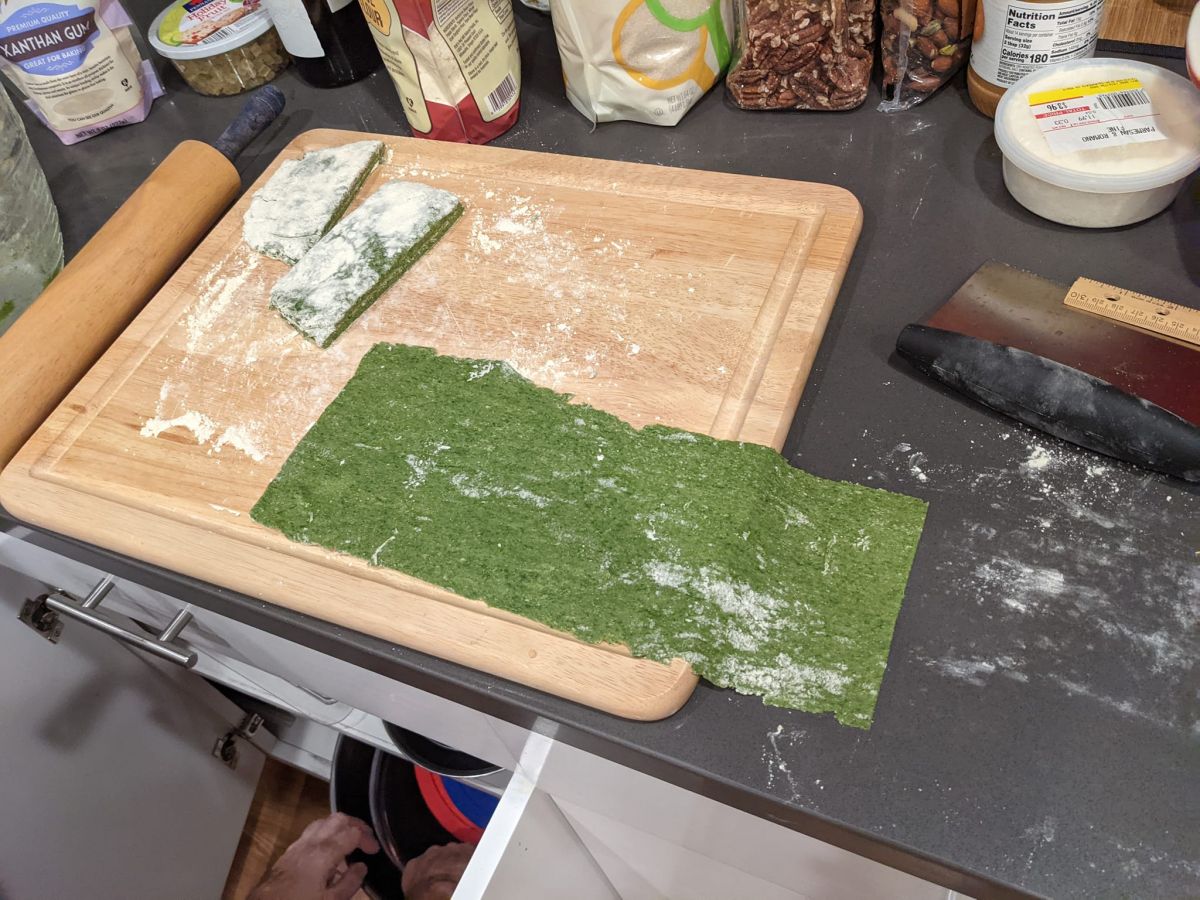
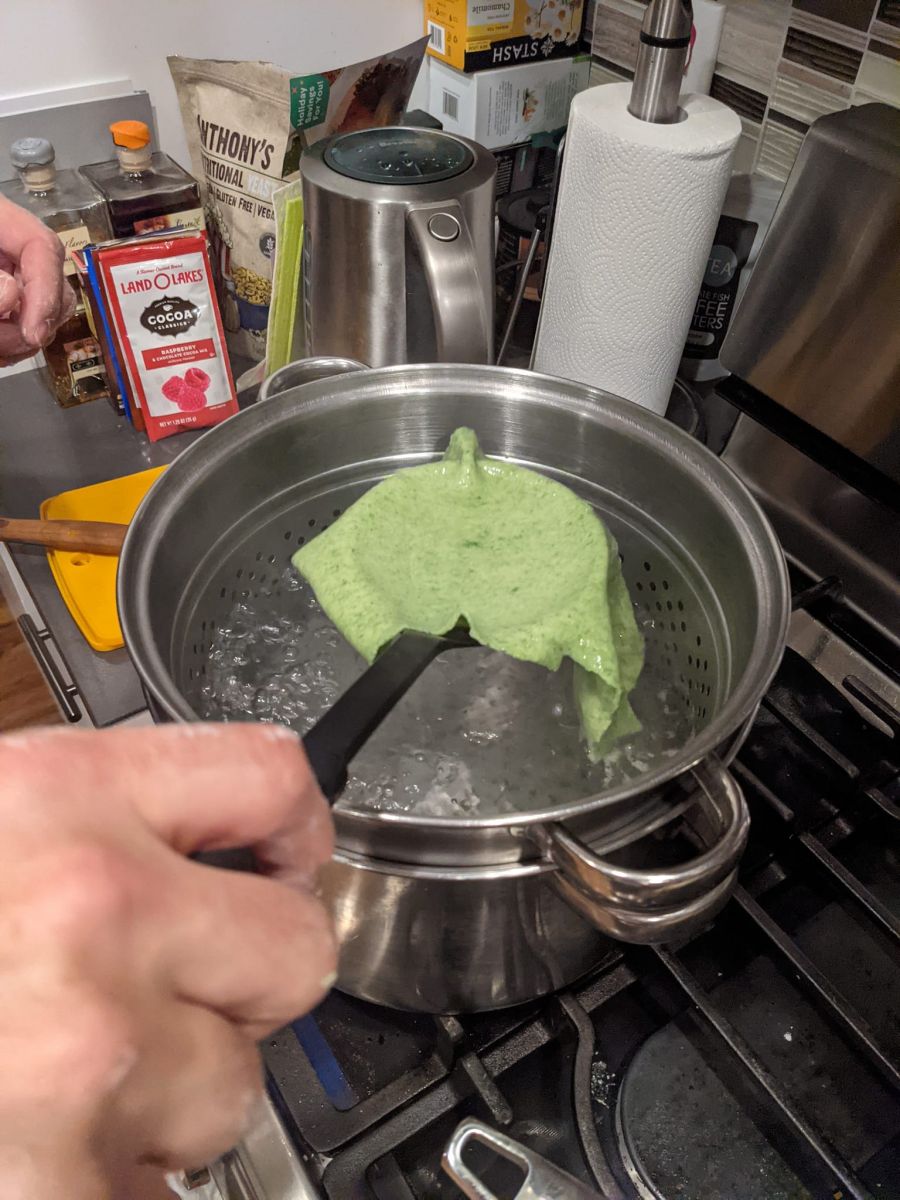
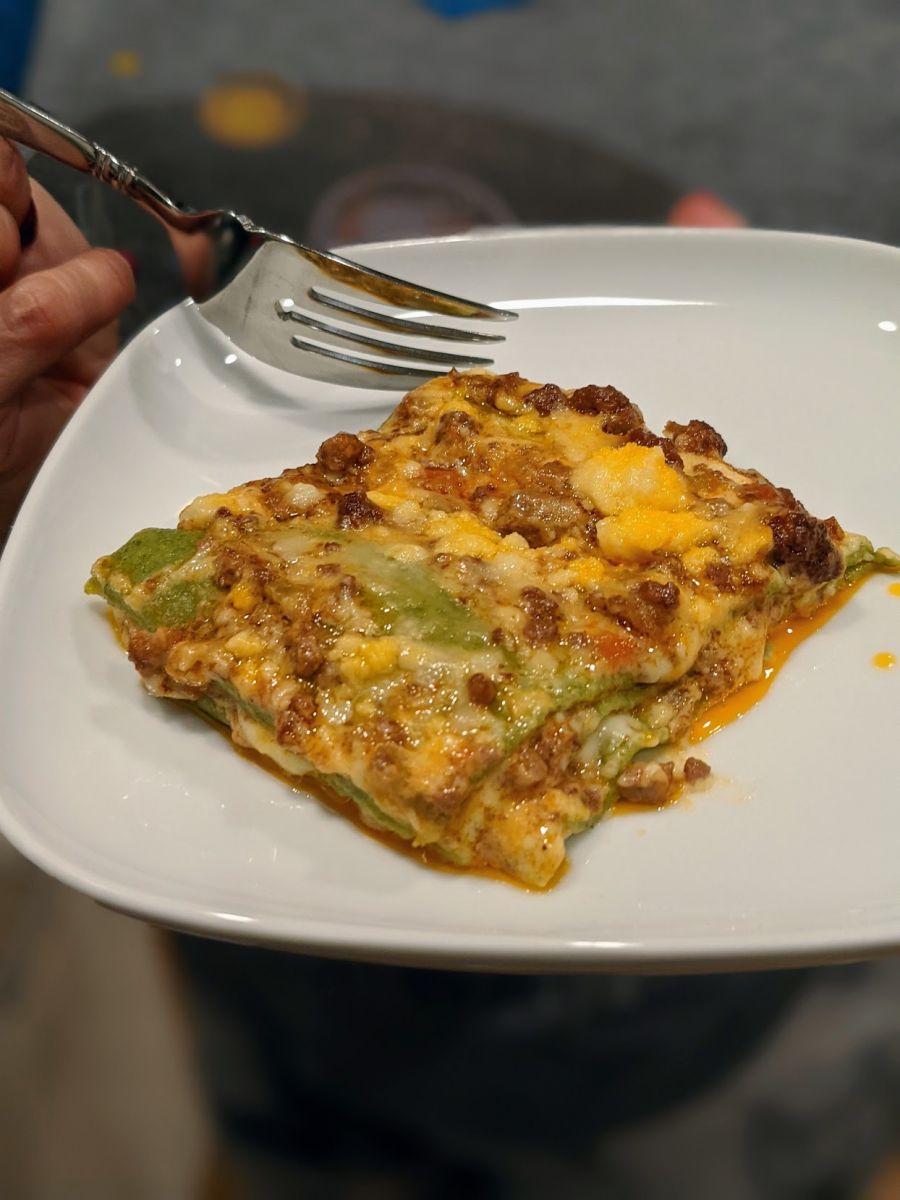
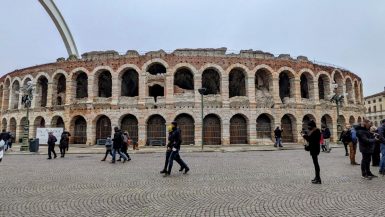
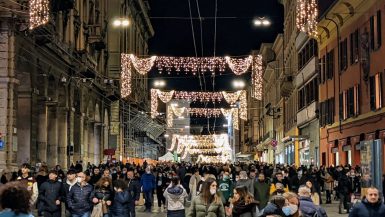
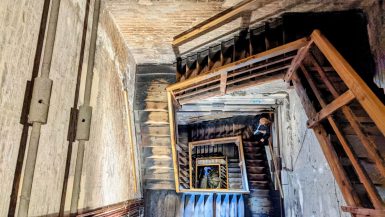
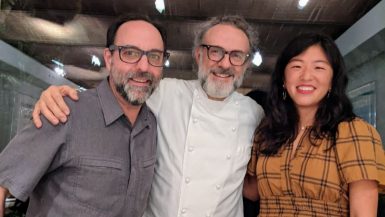
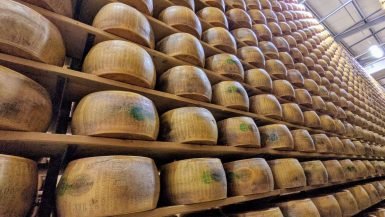
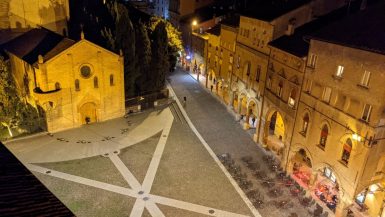
Leave a reply